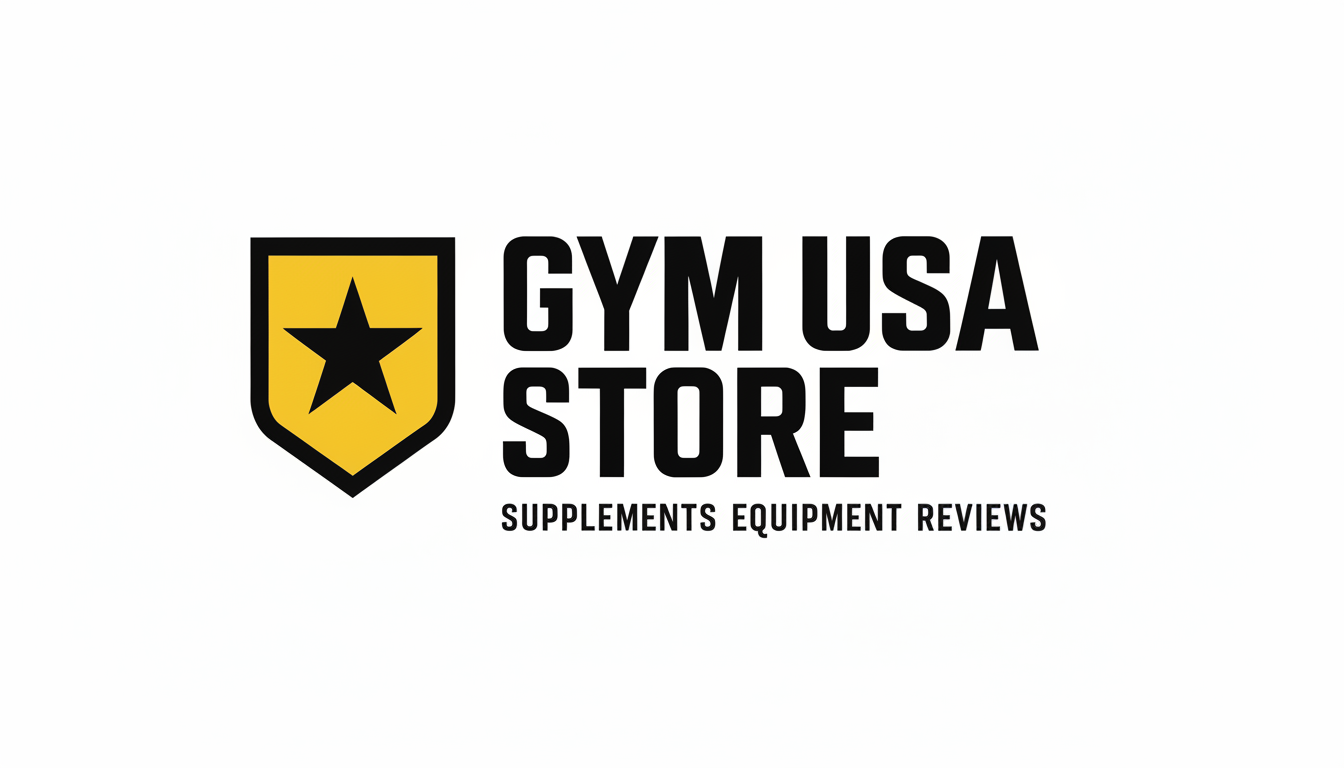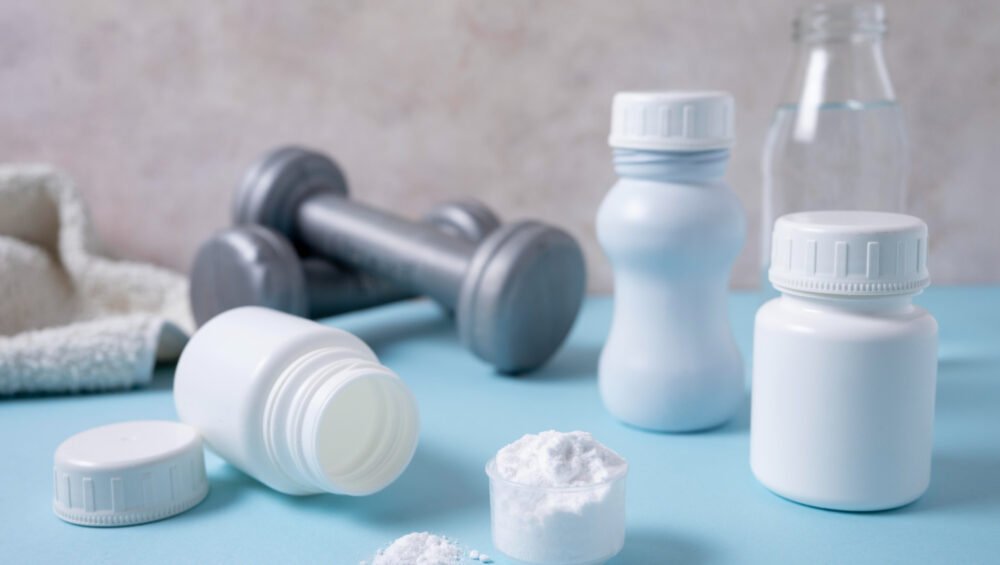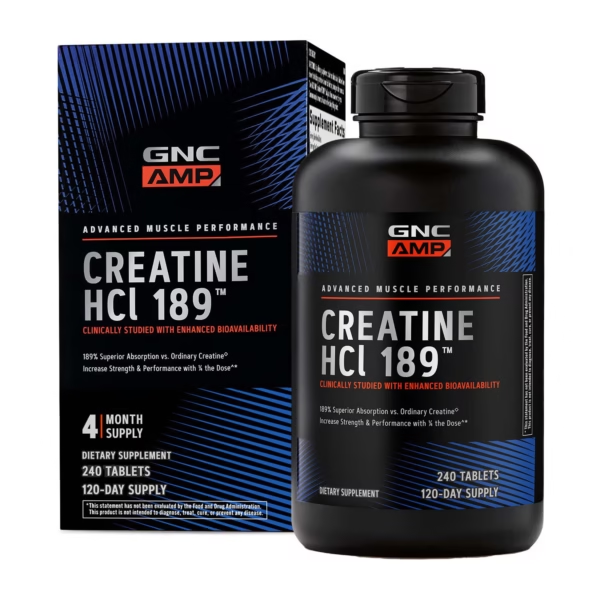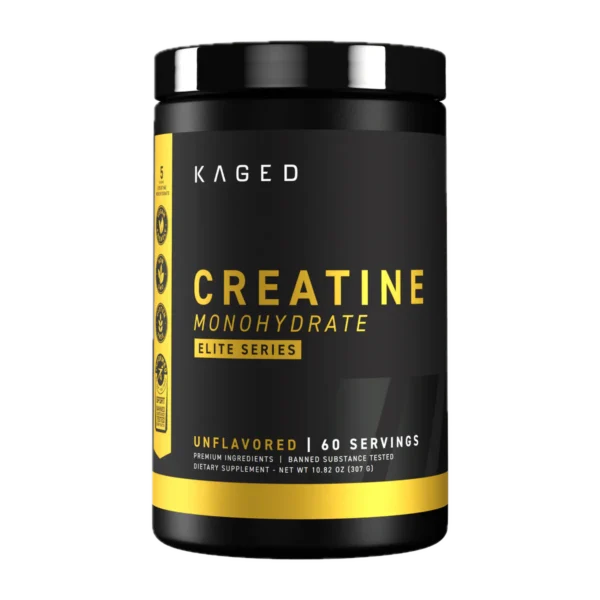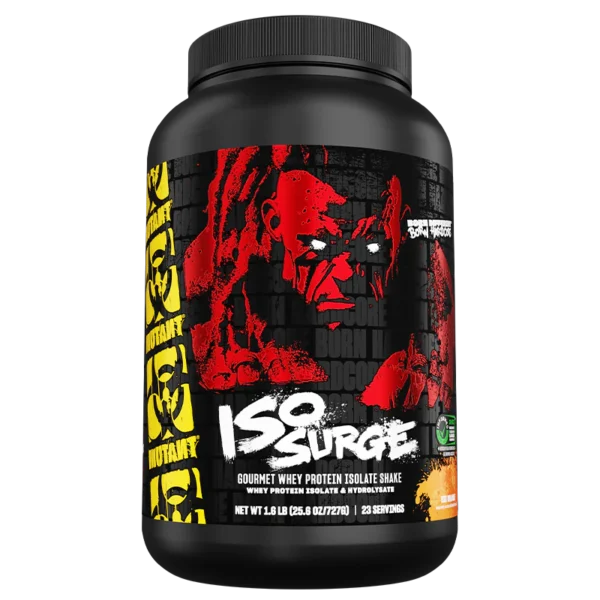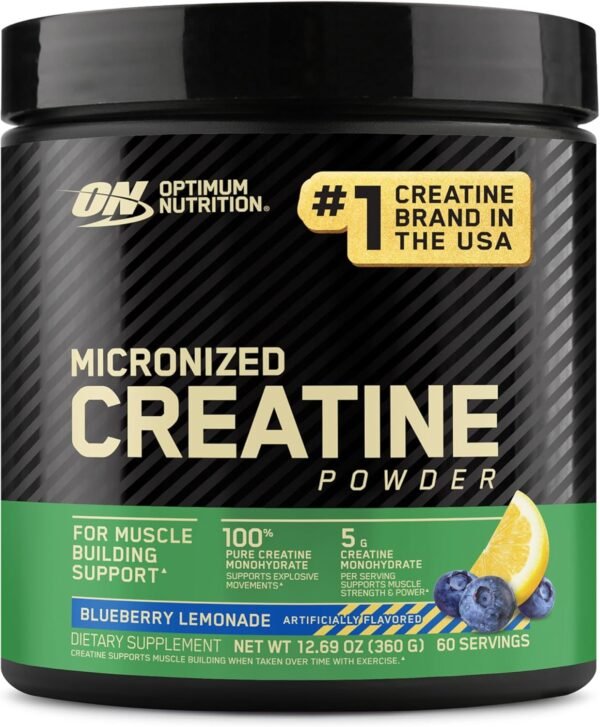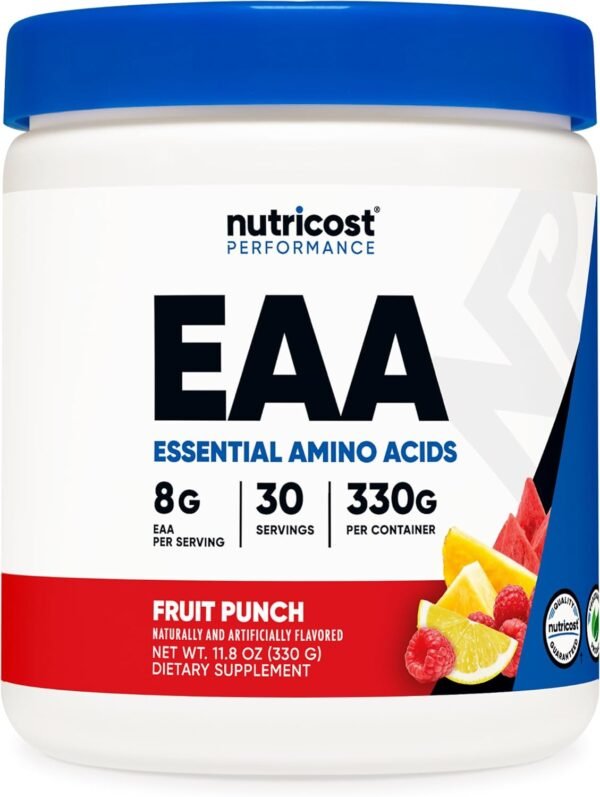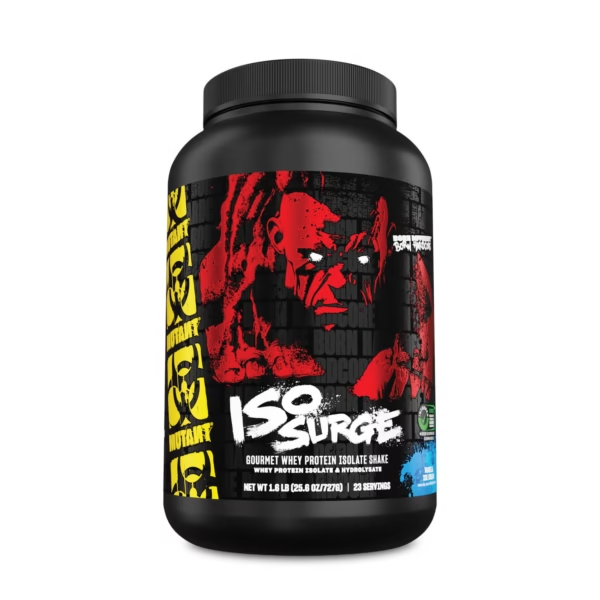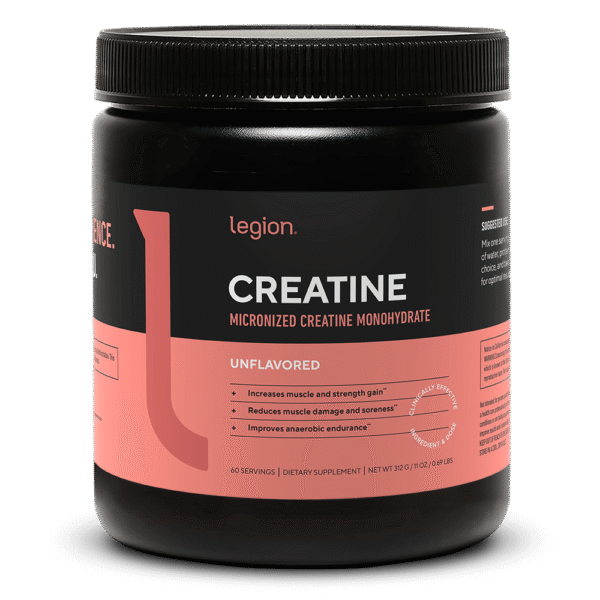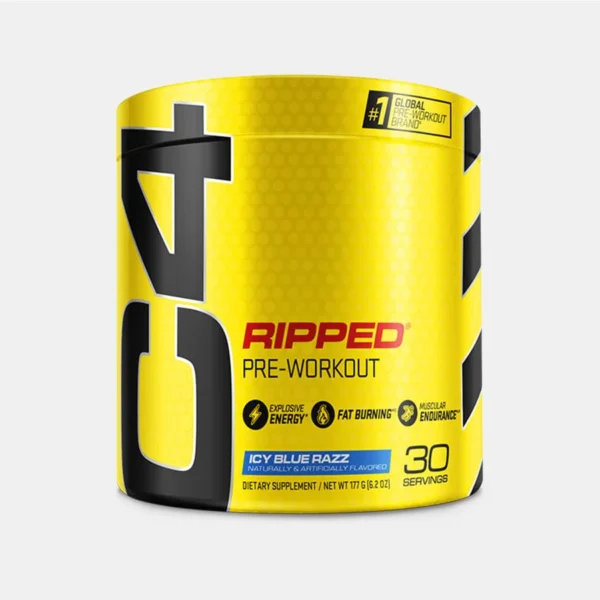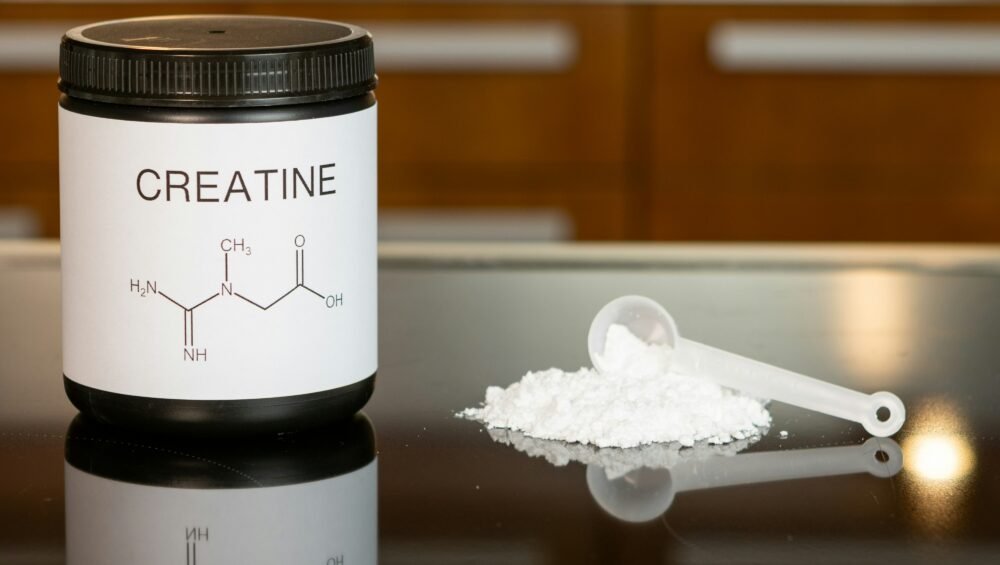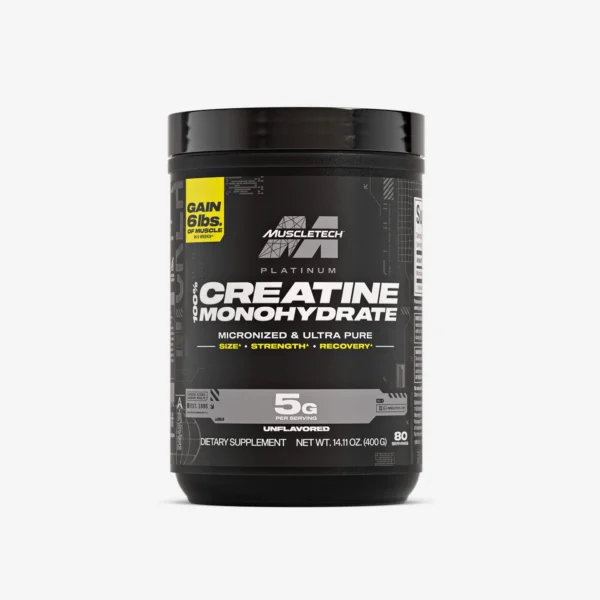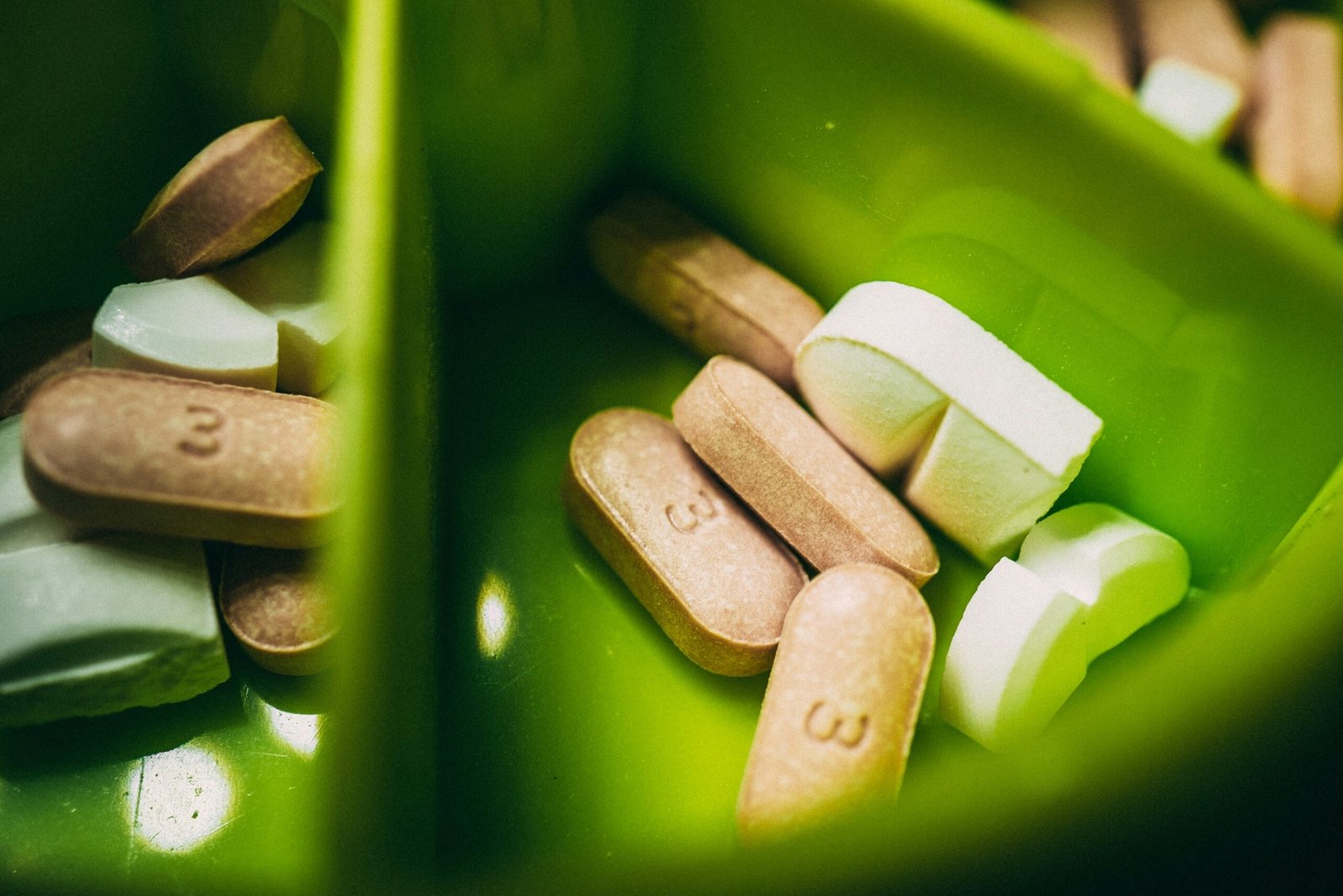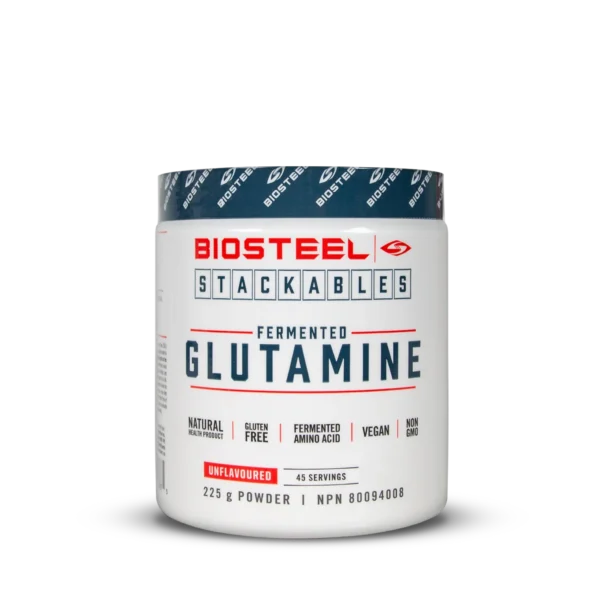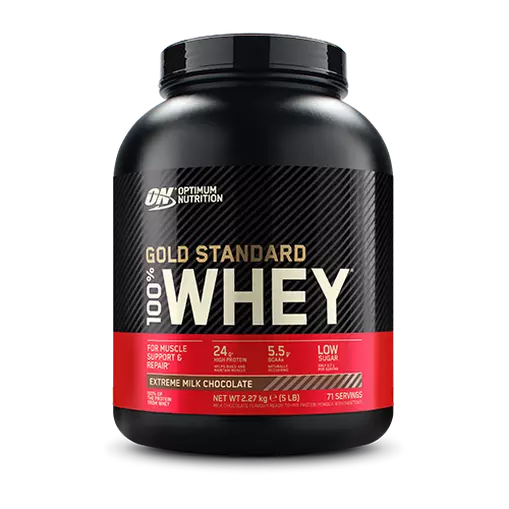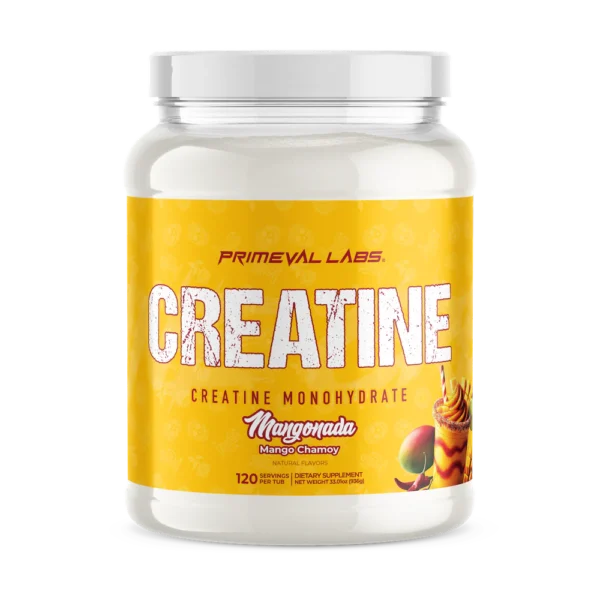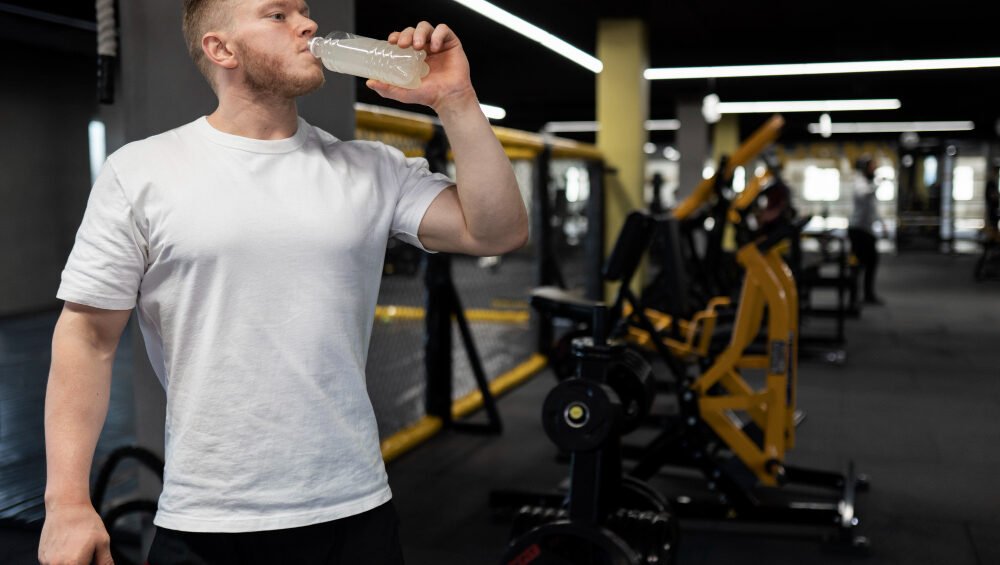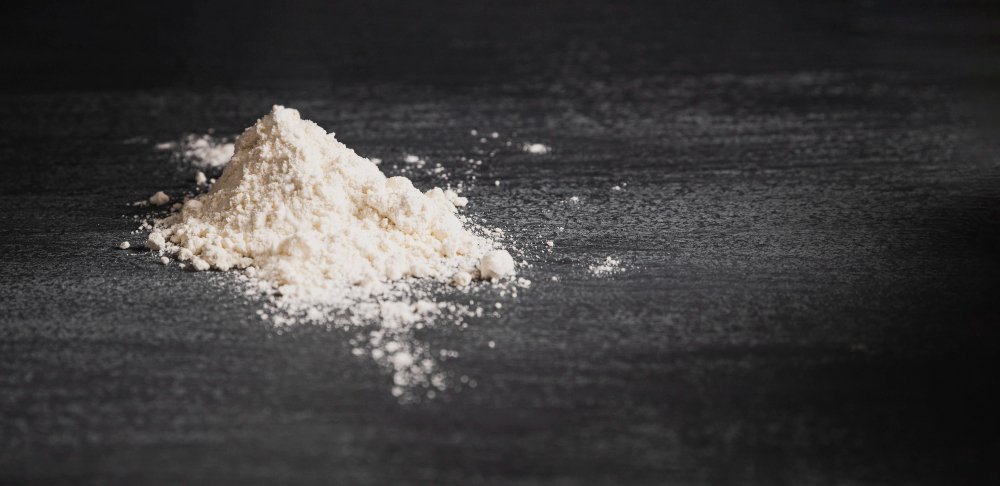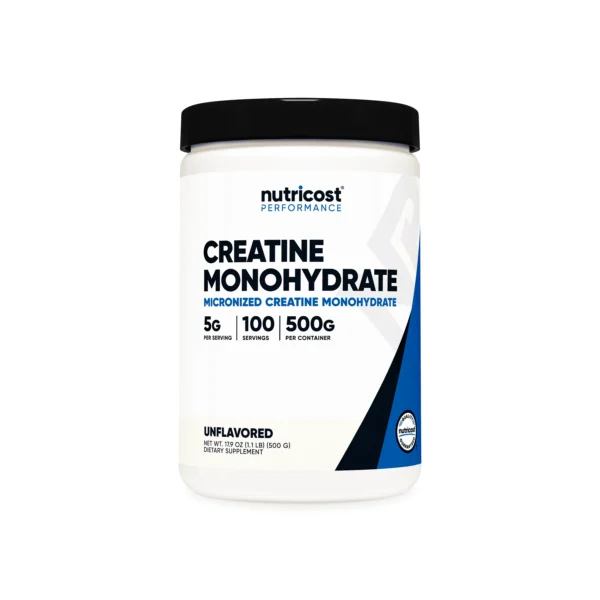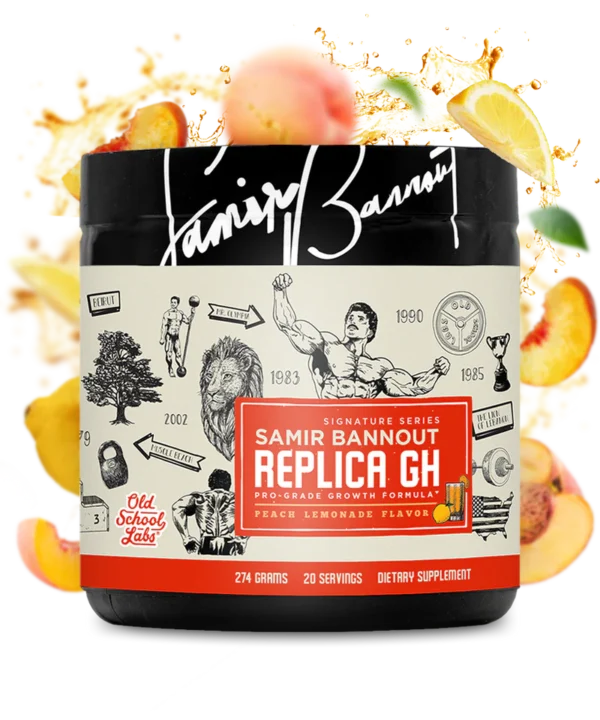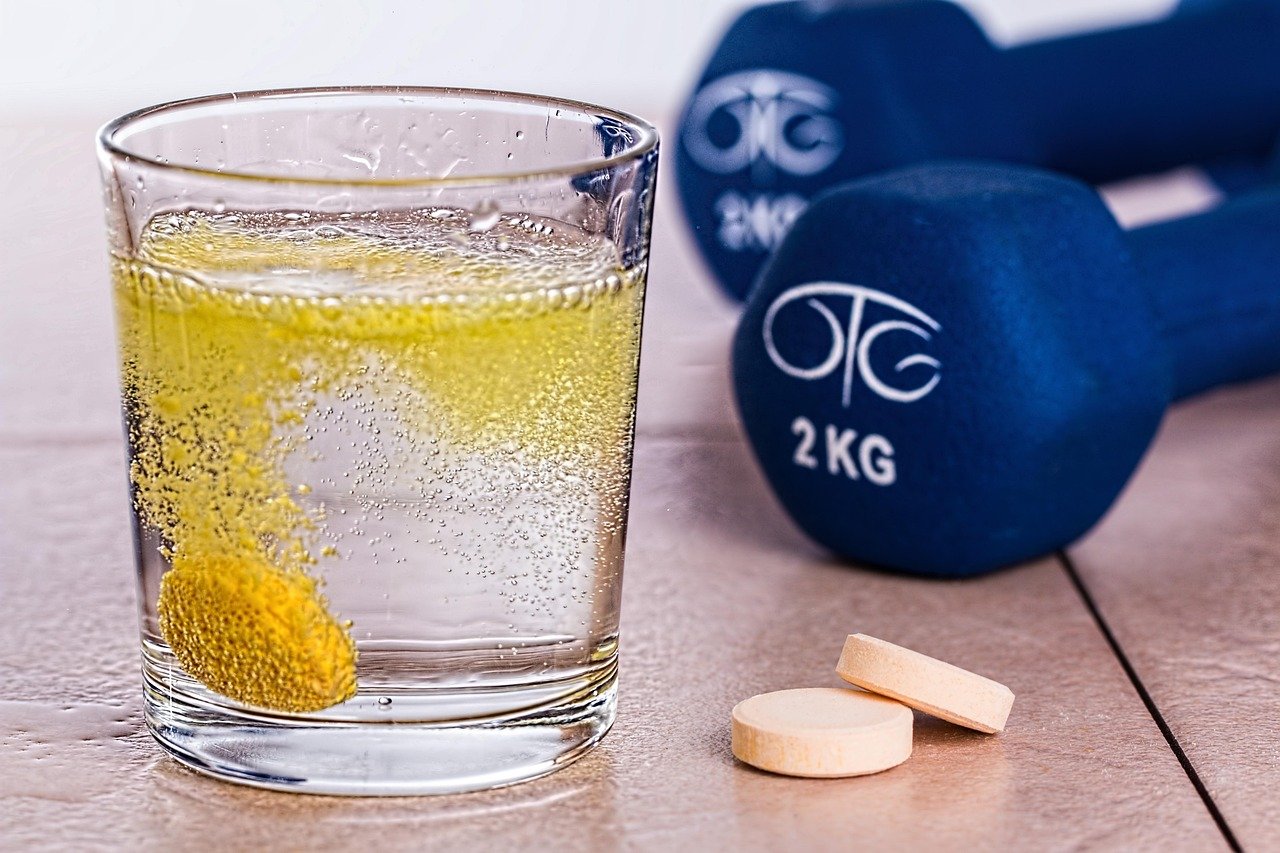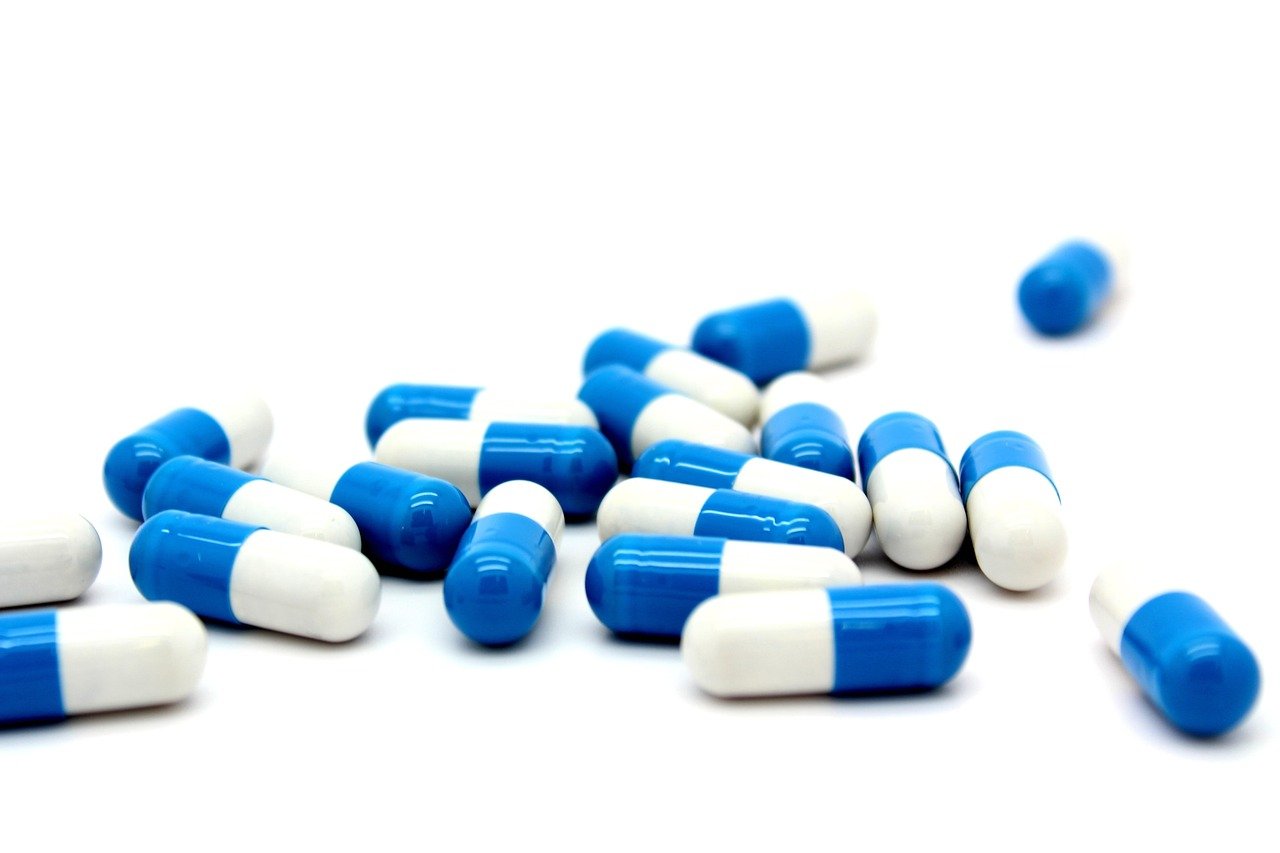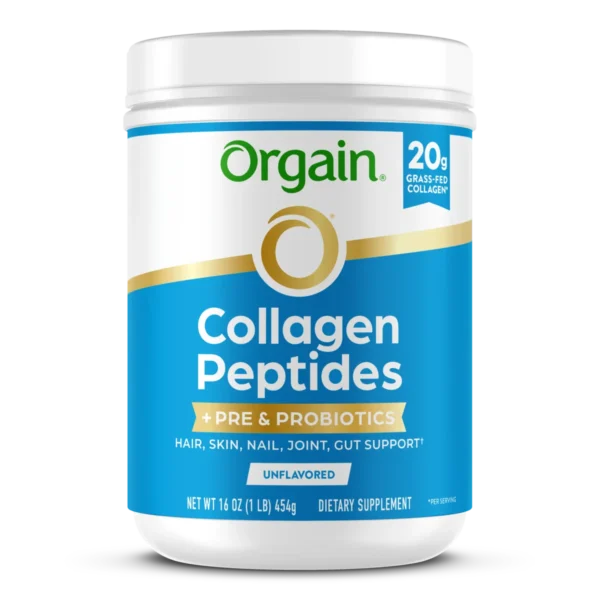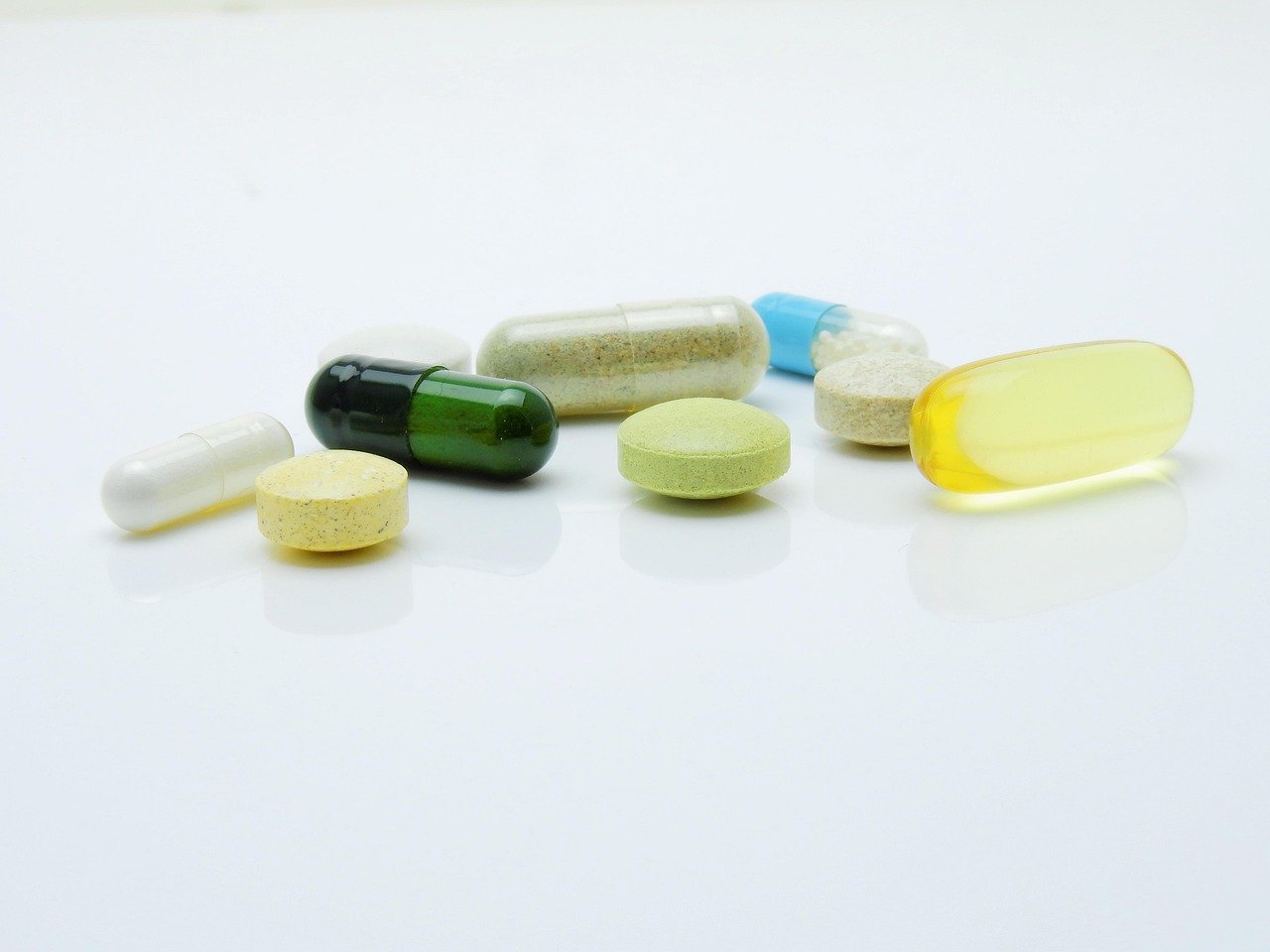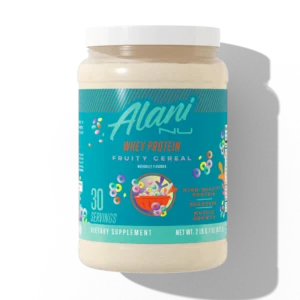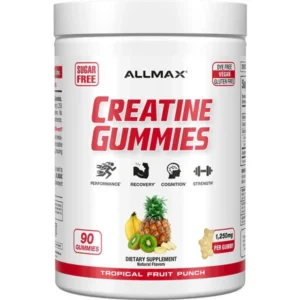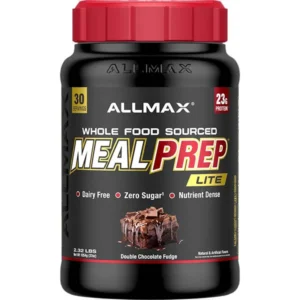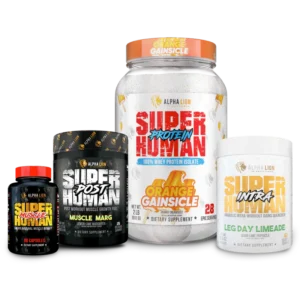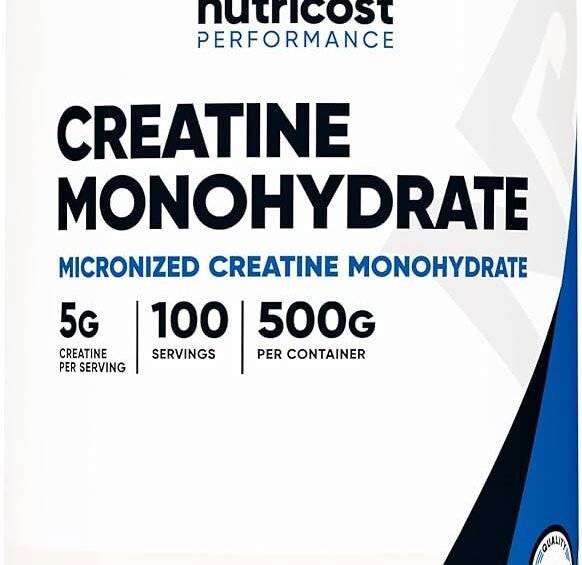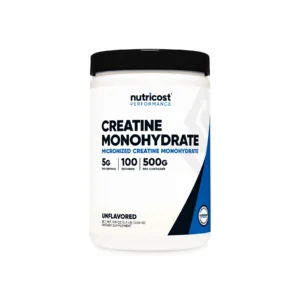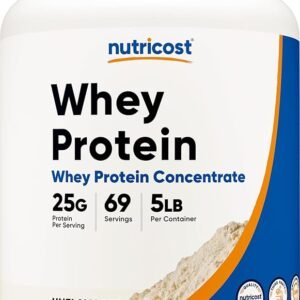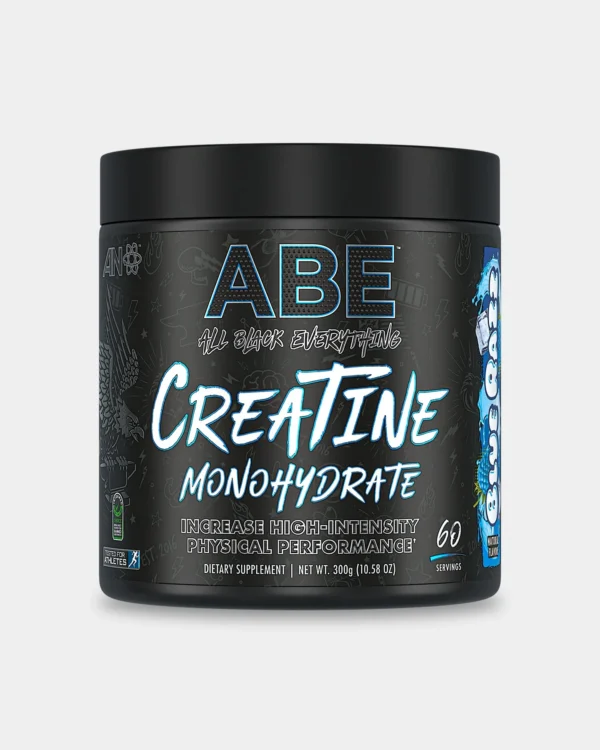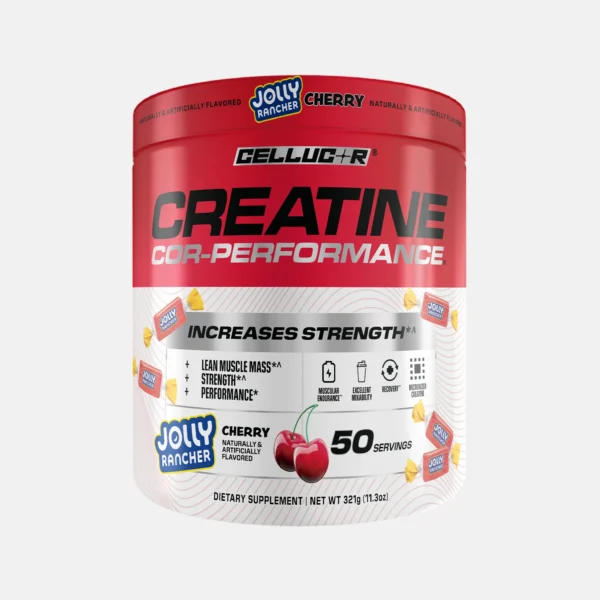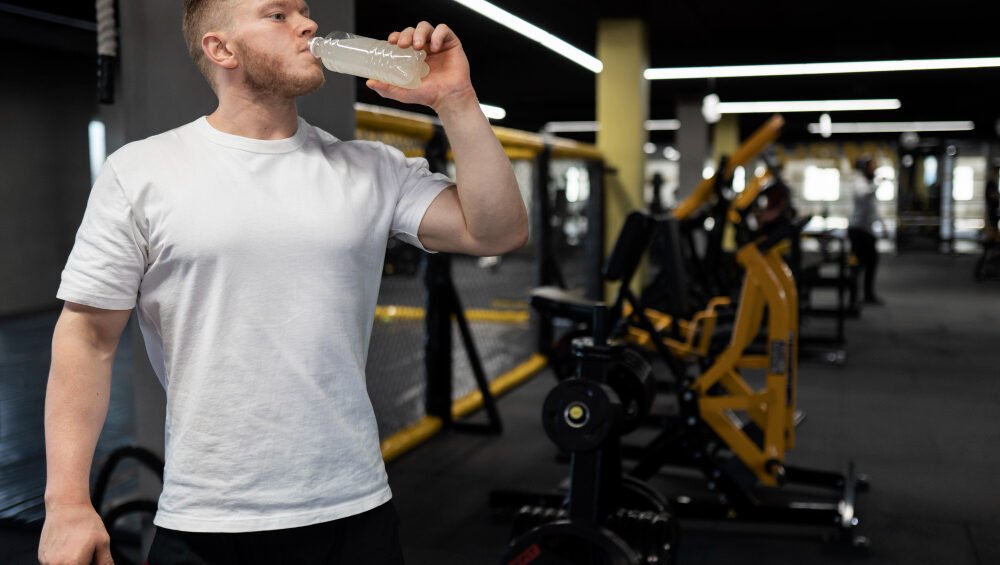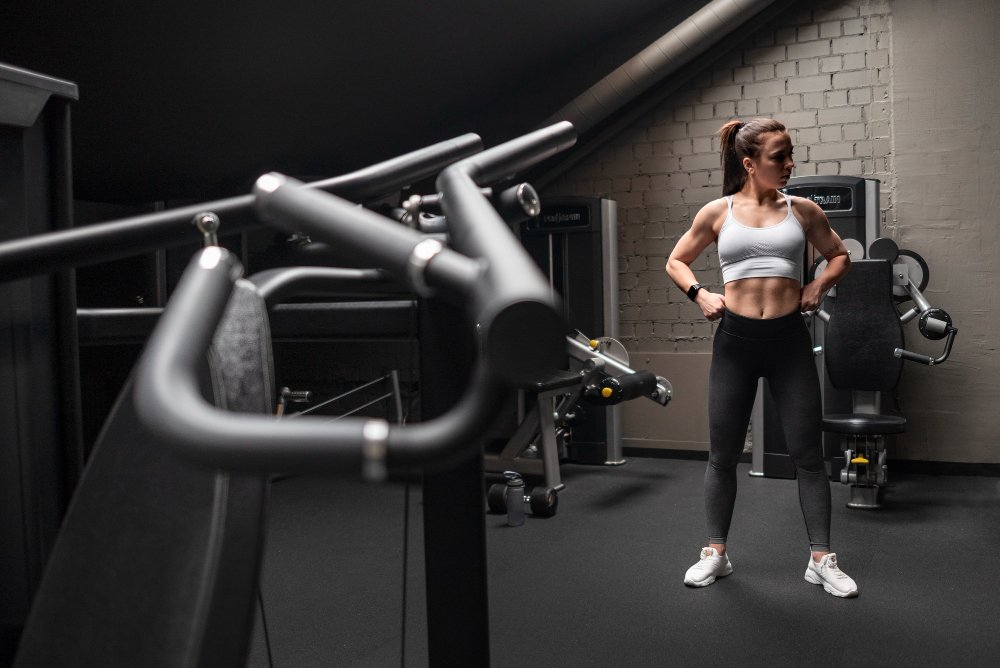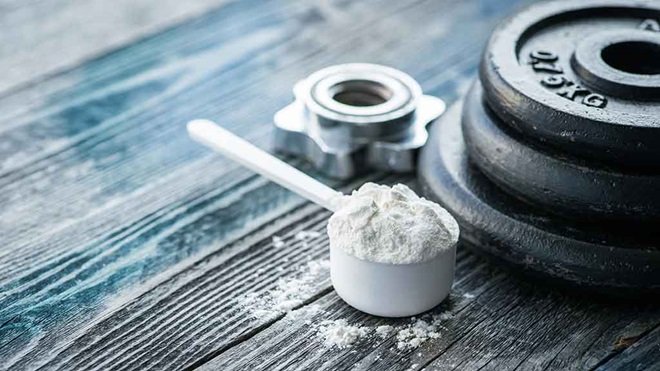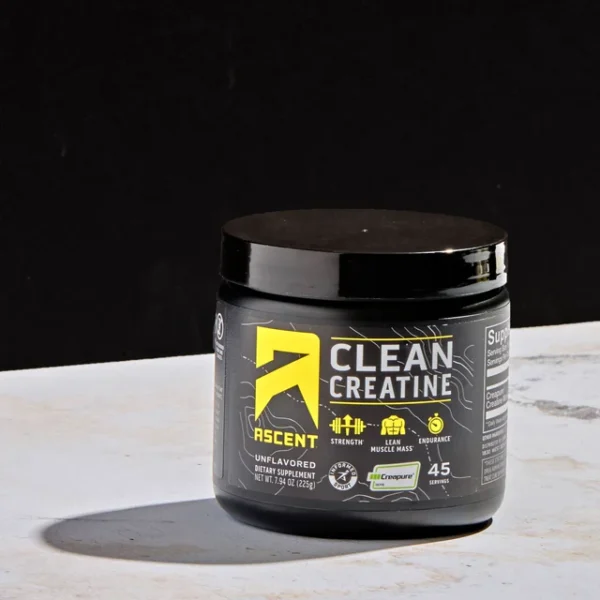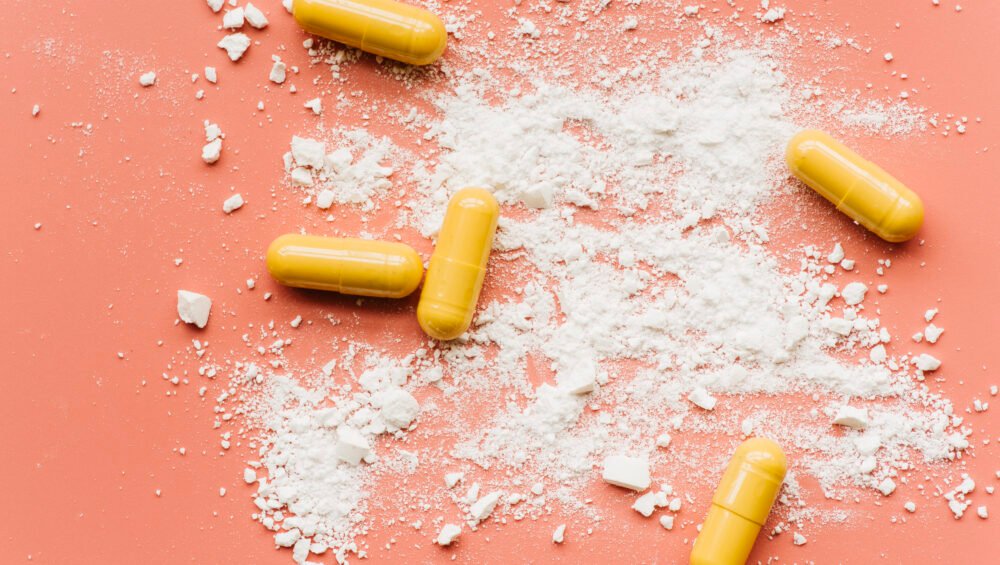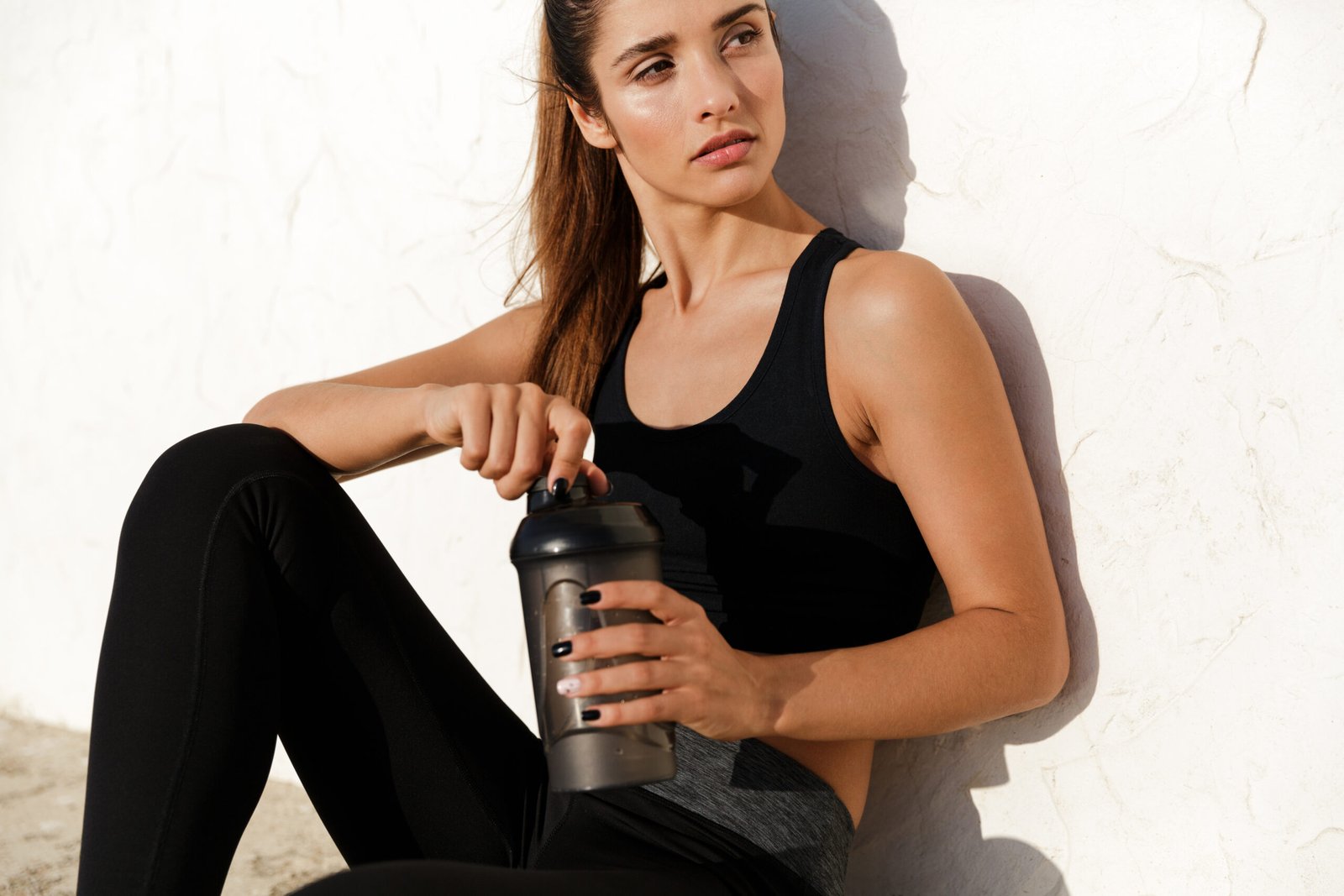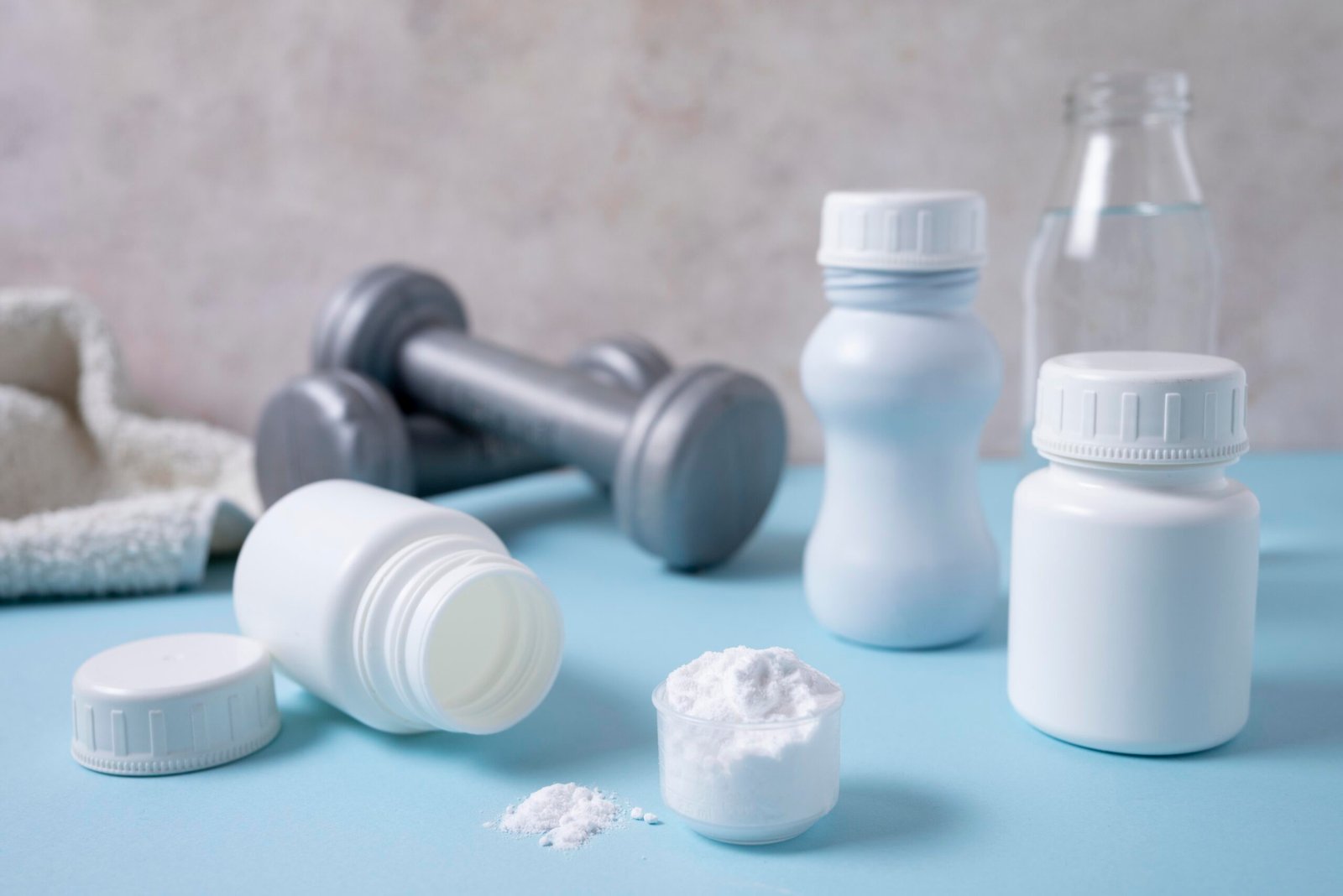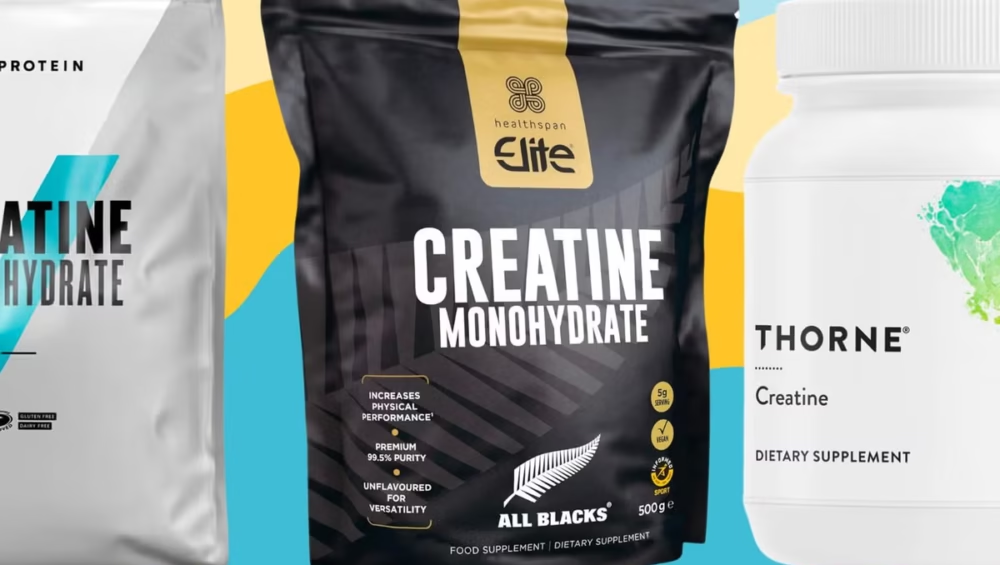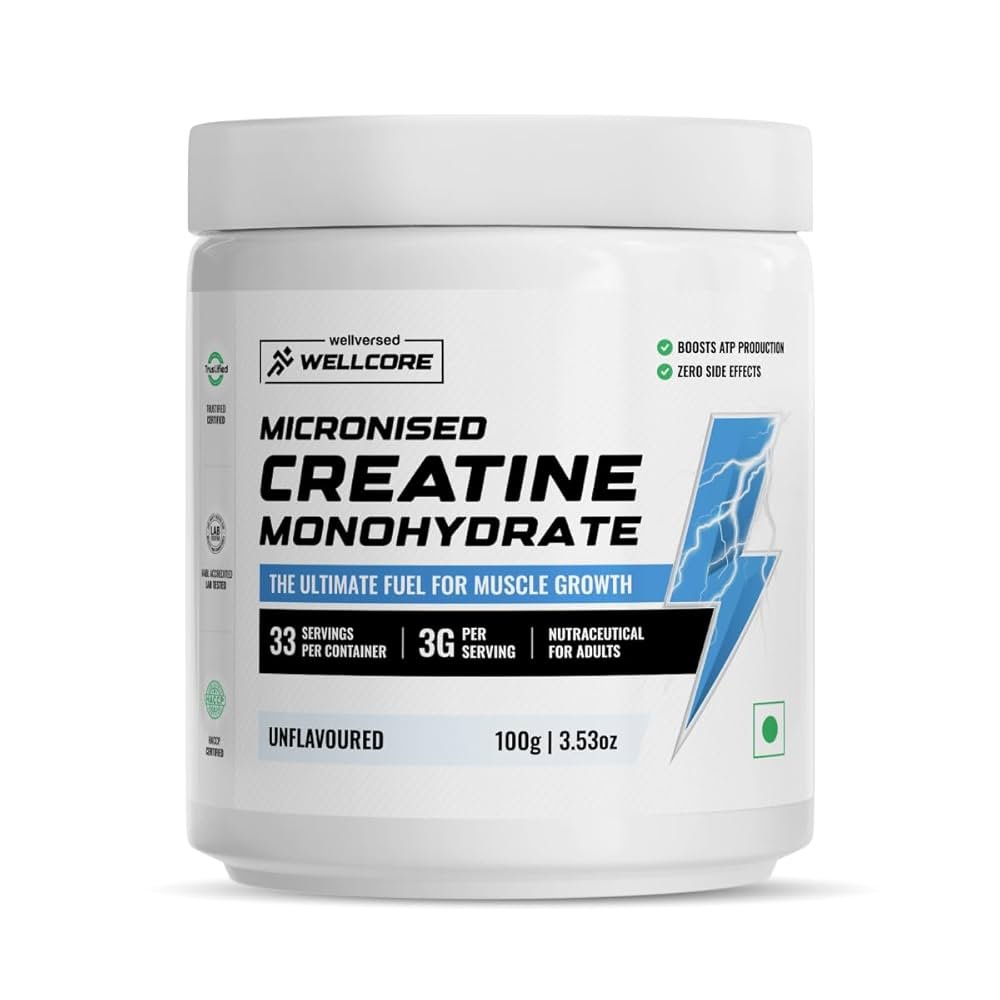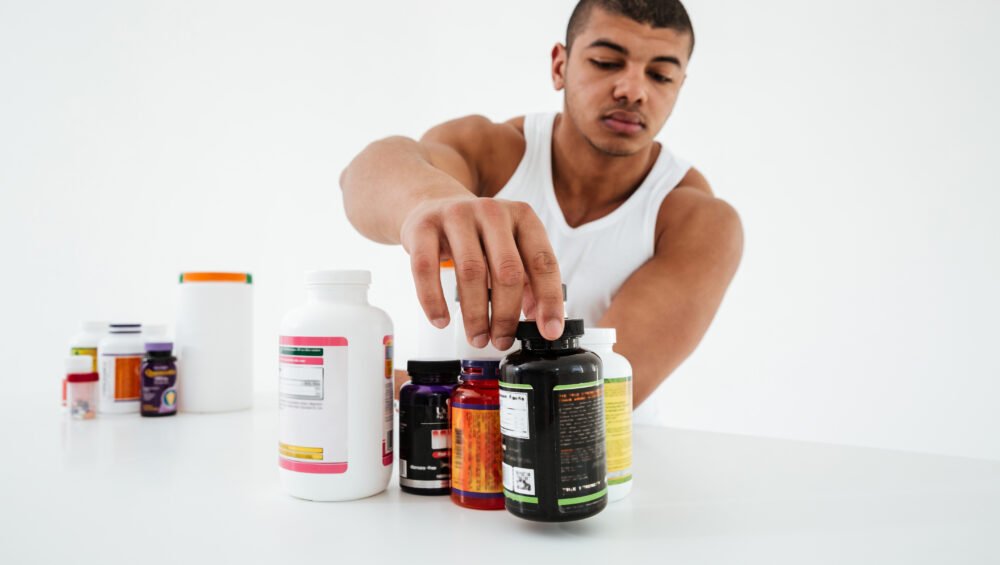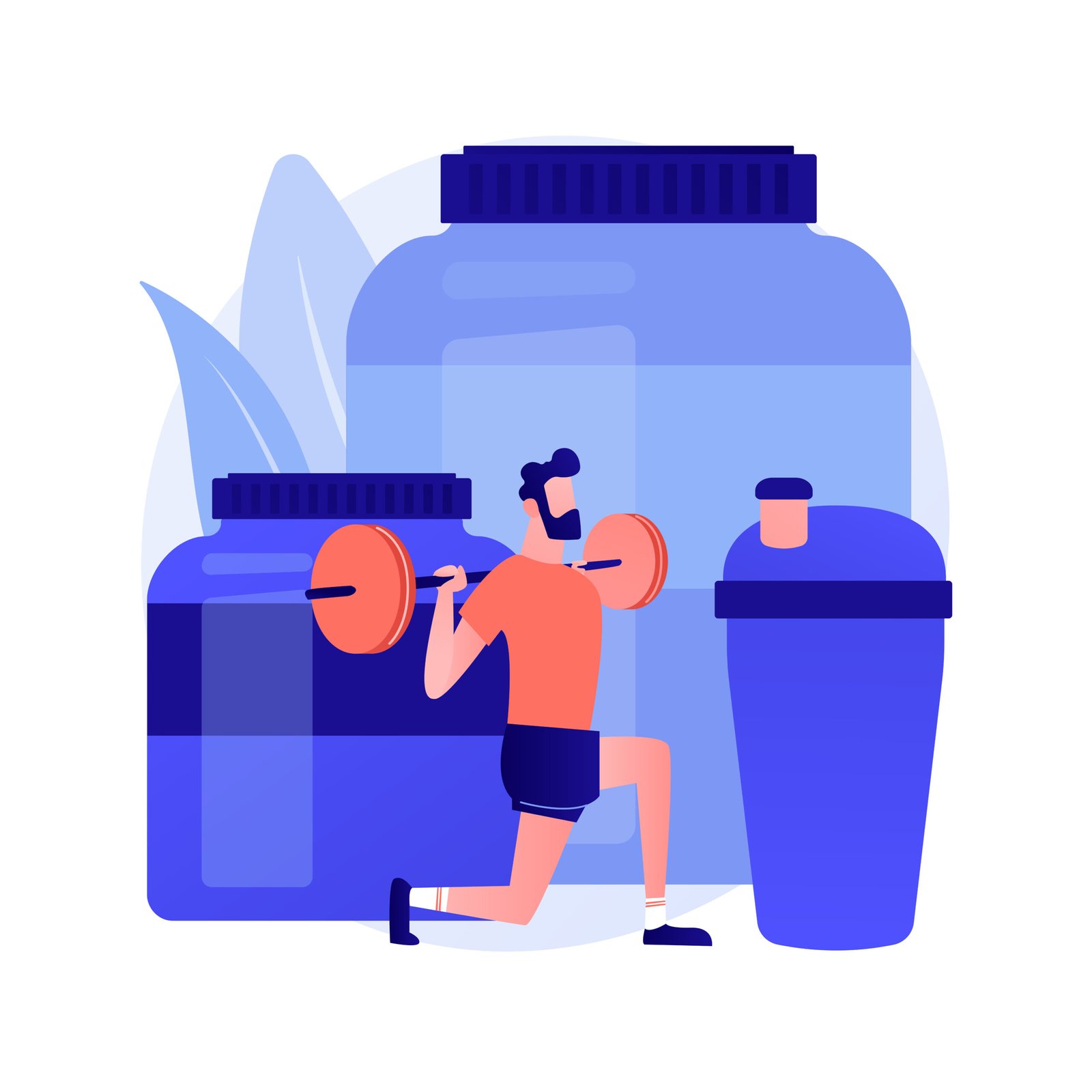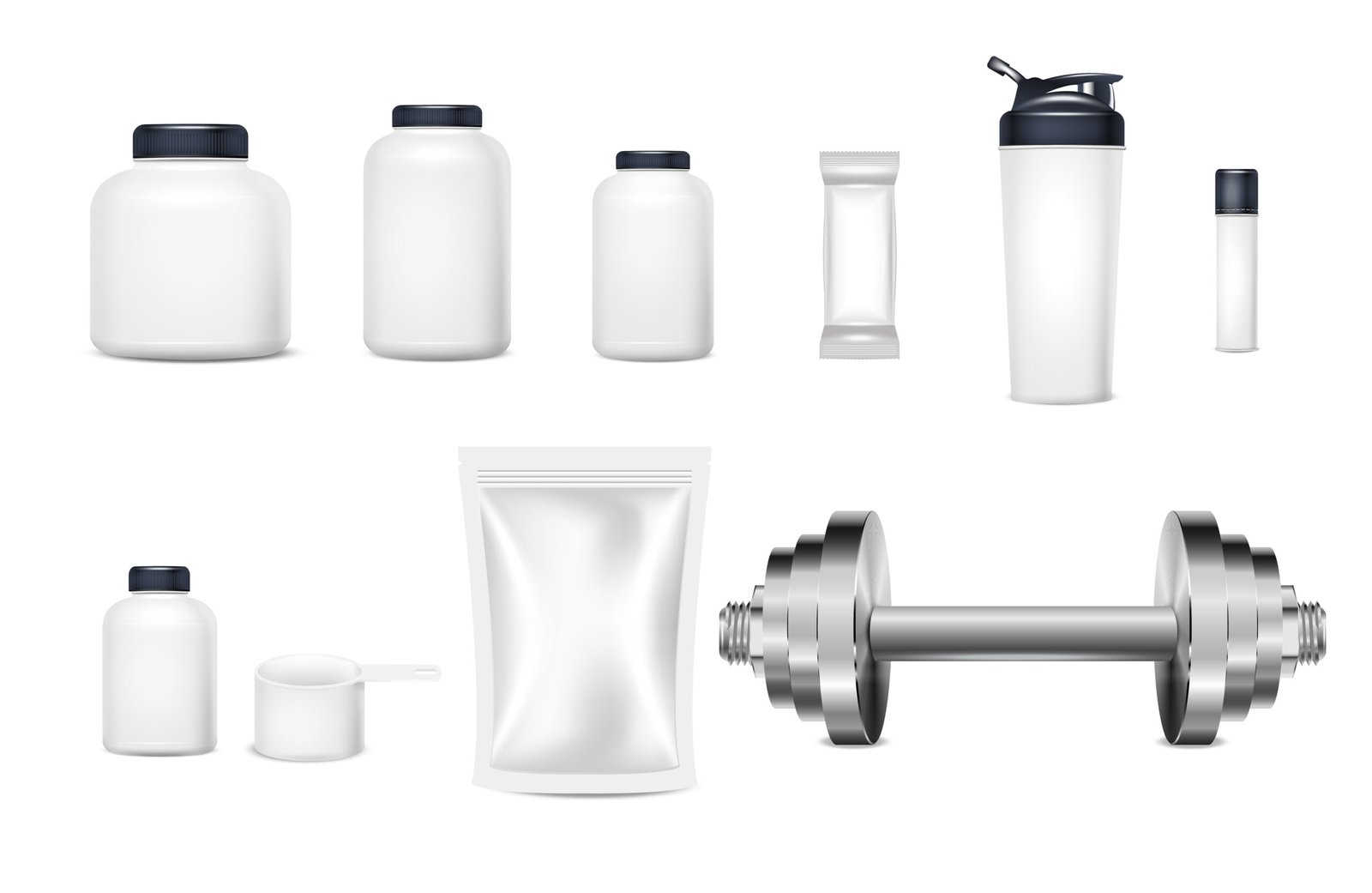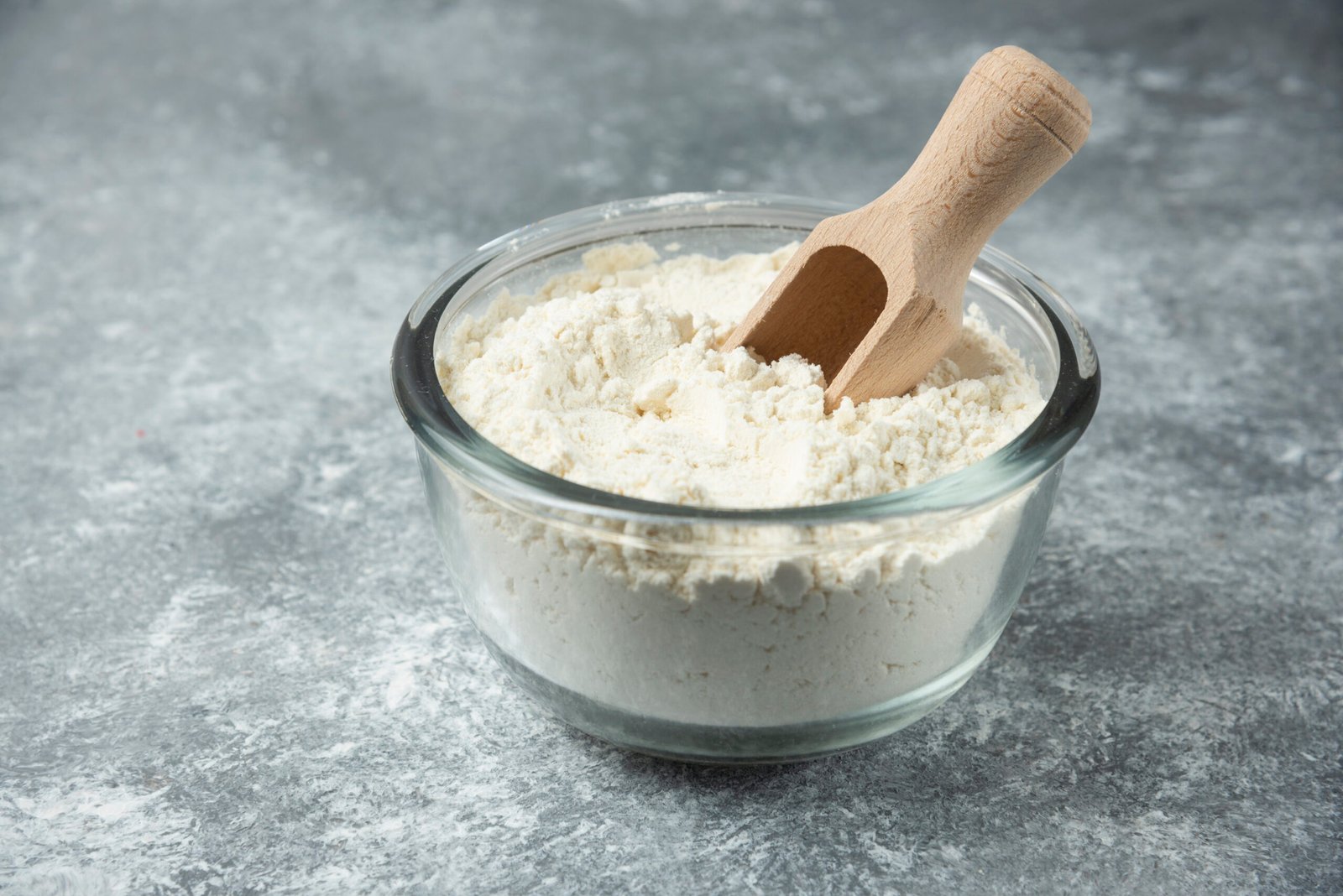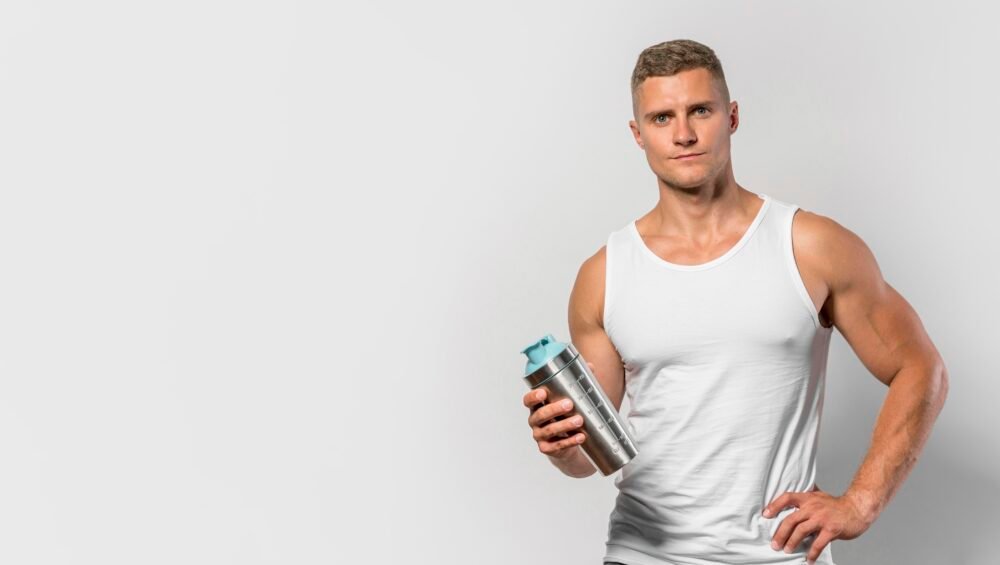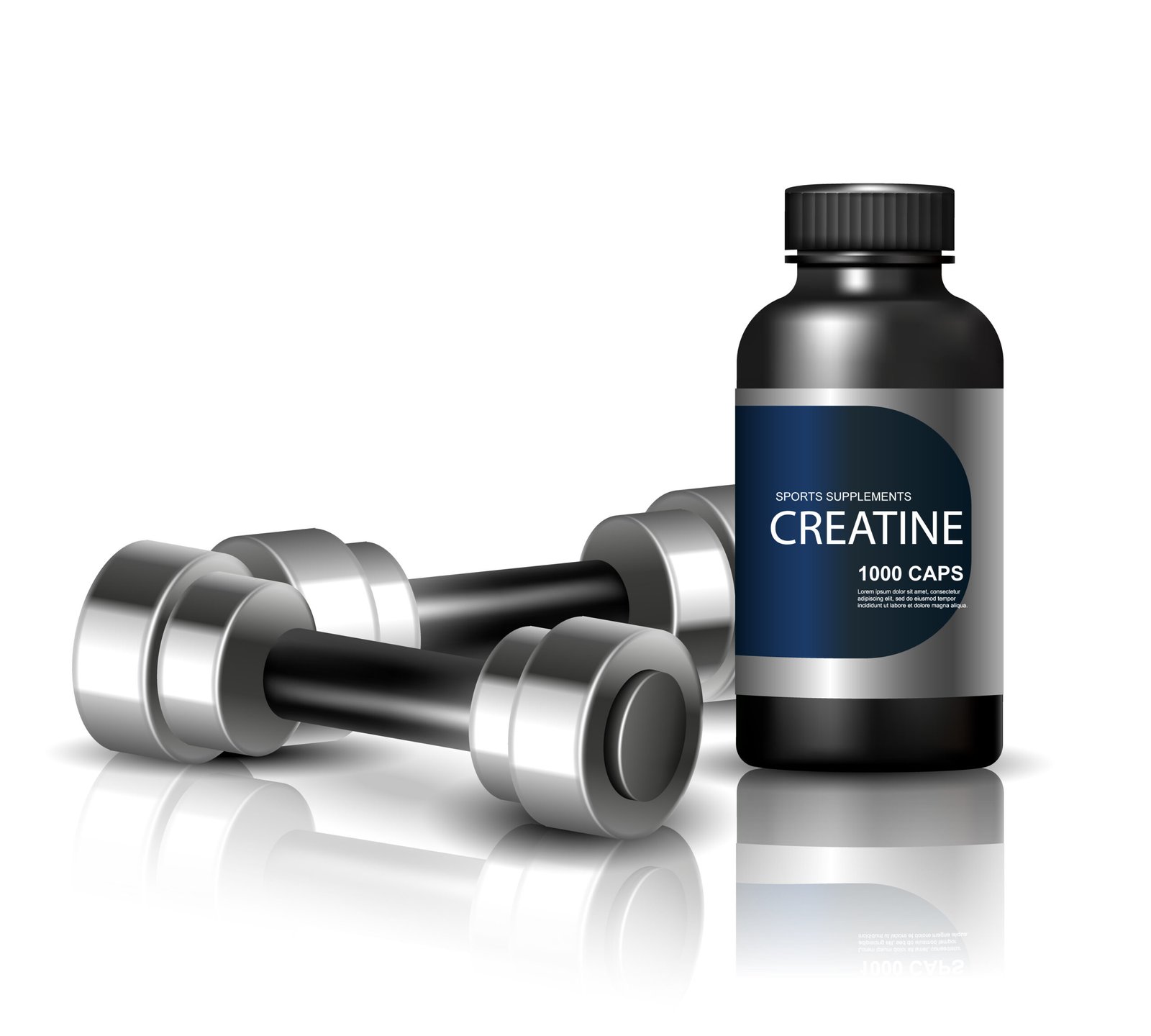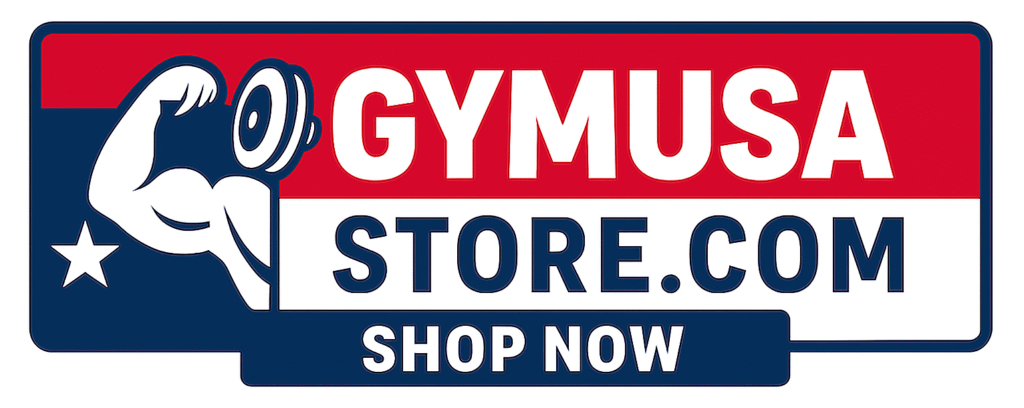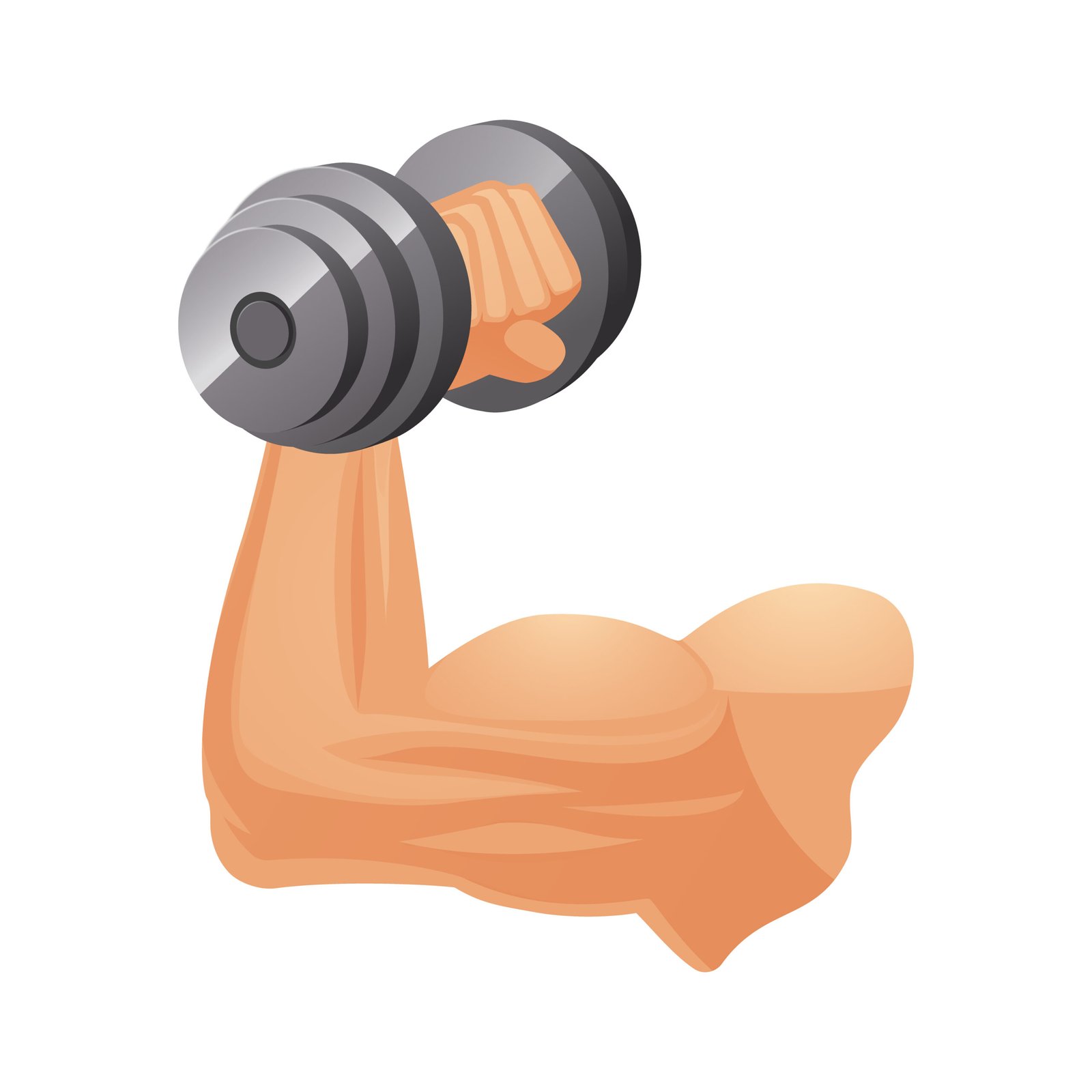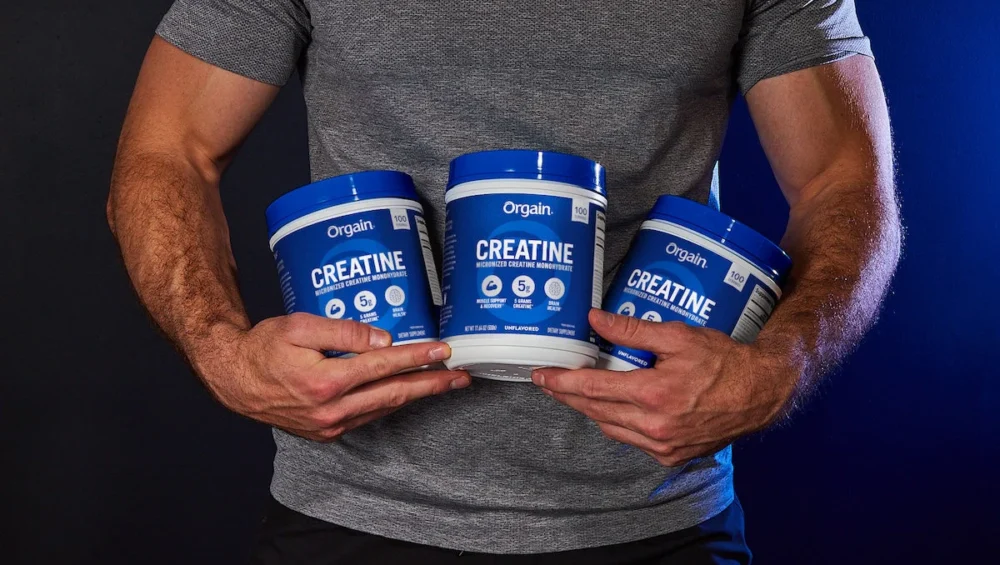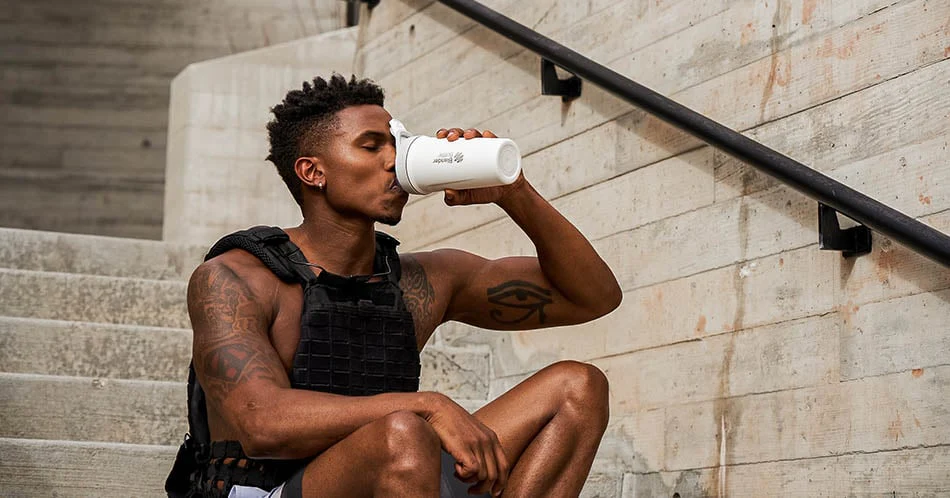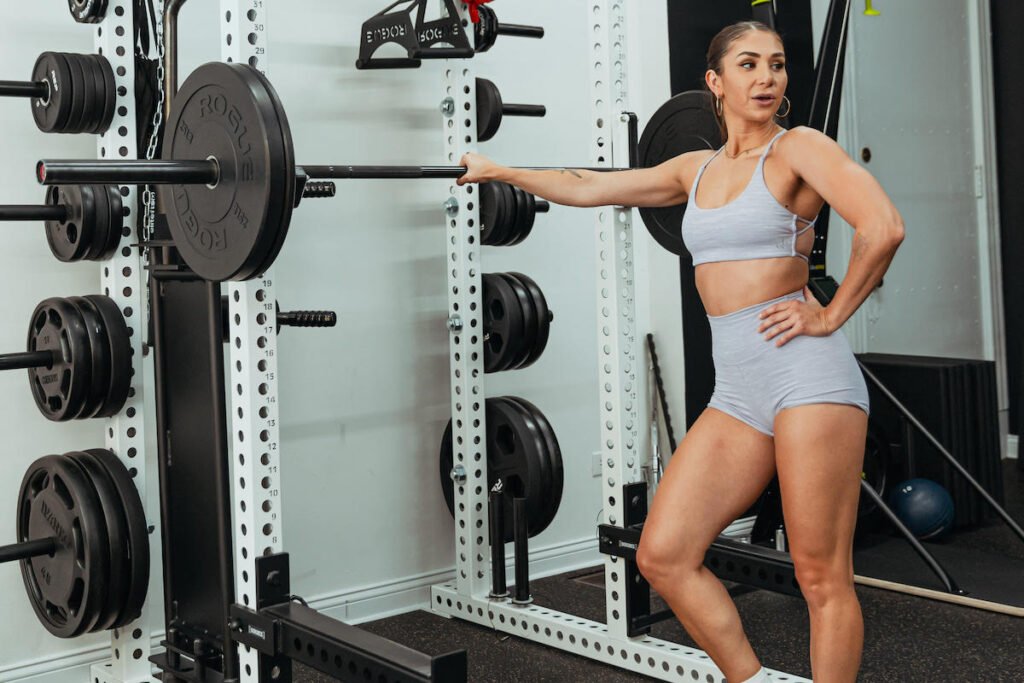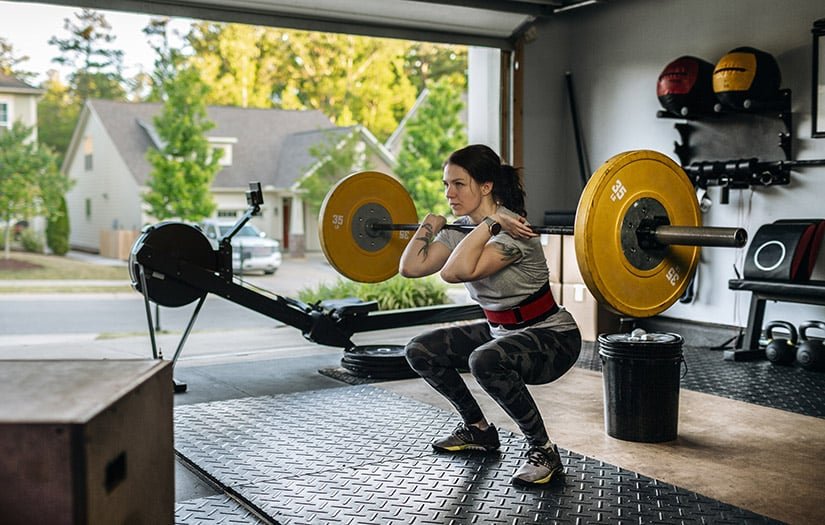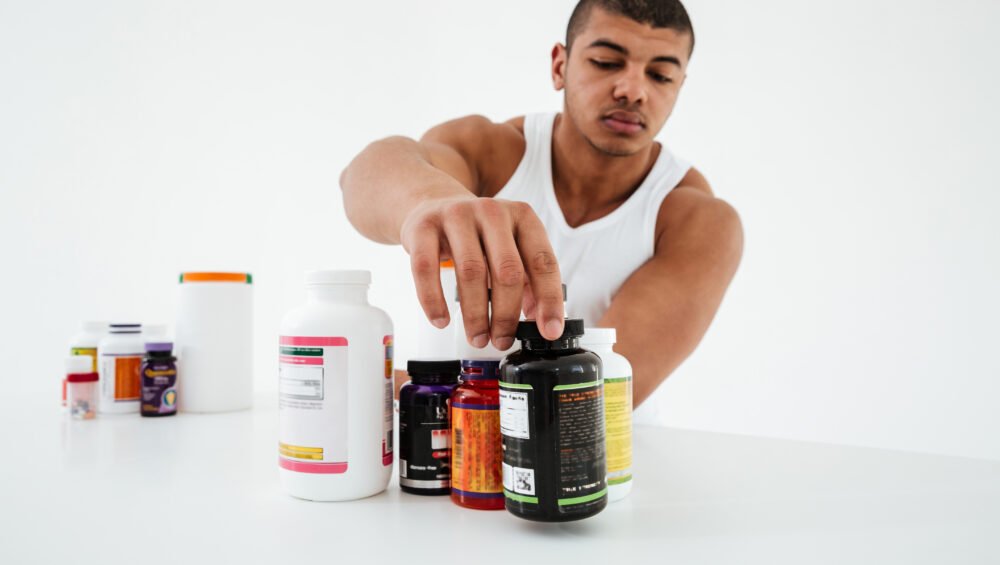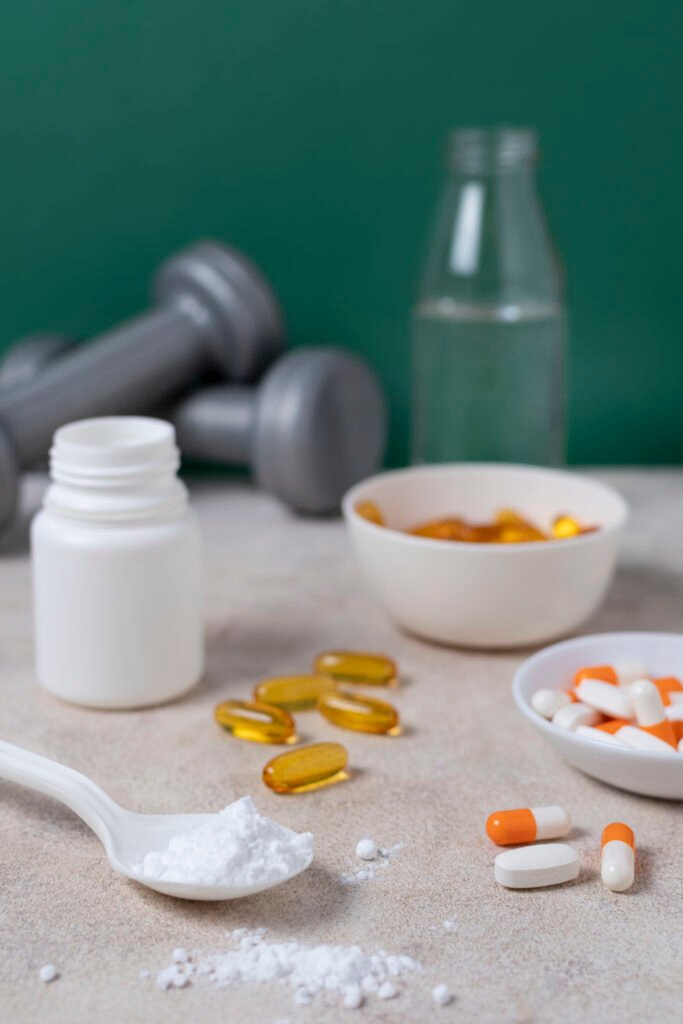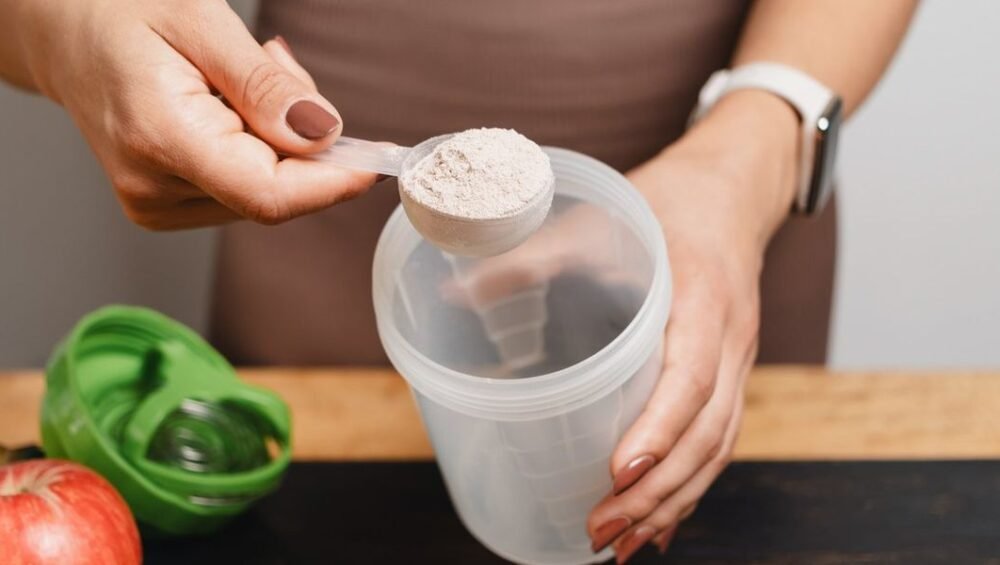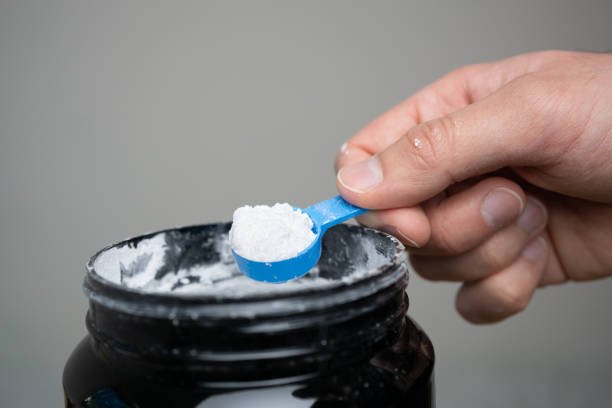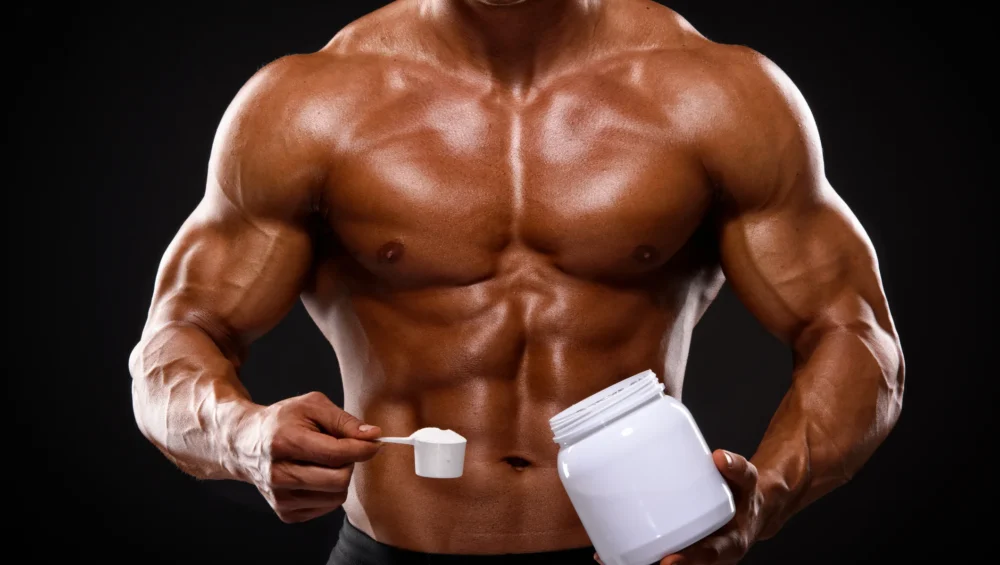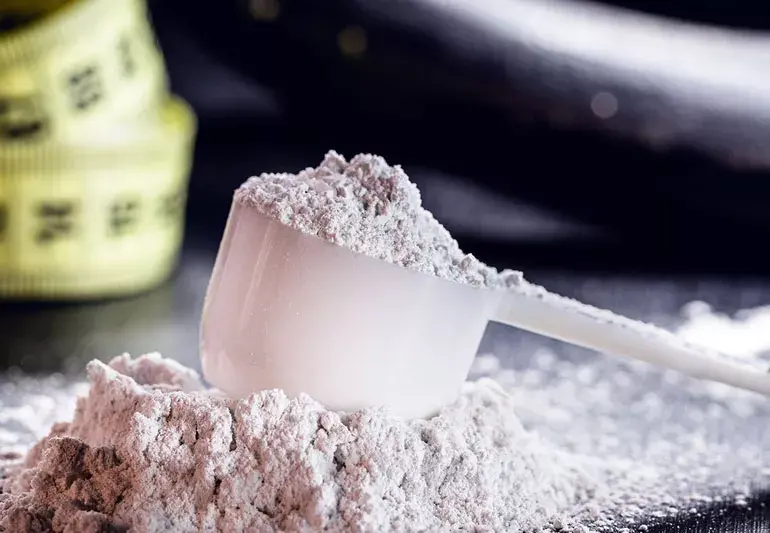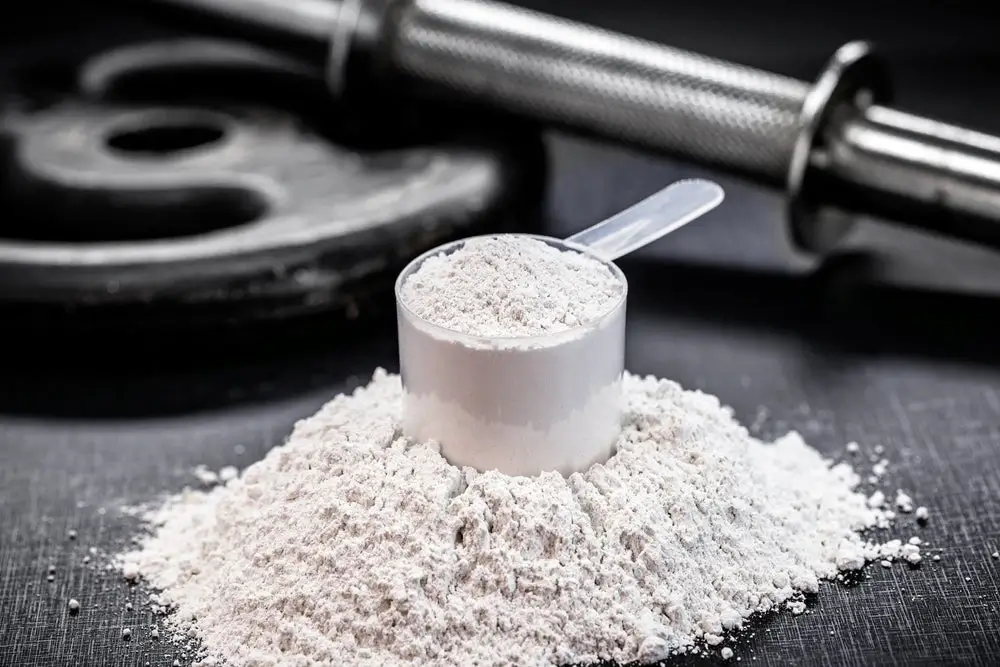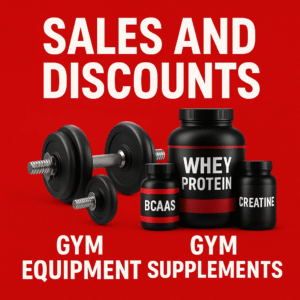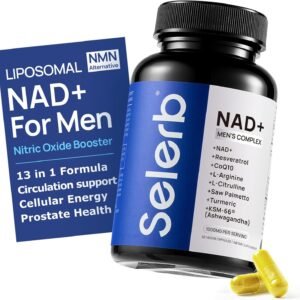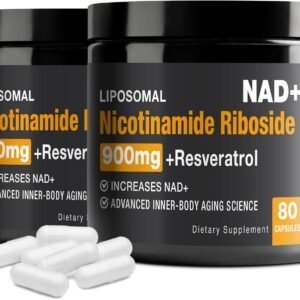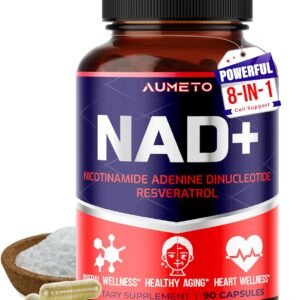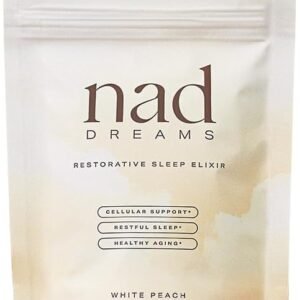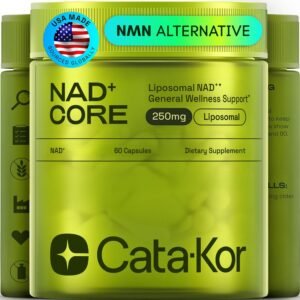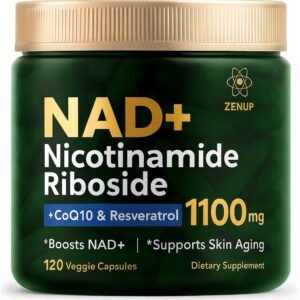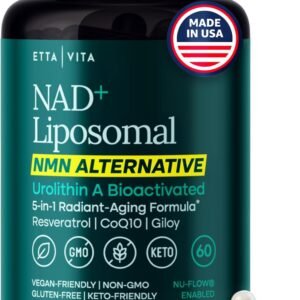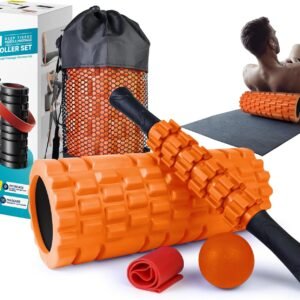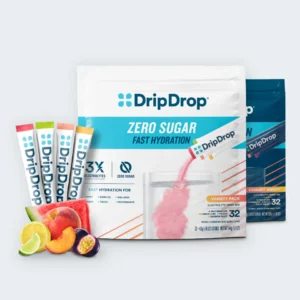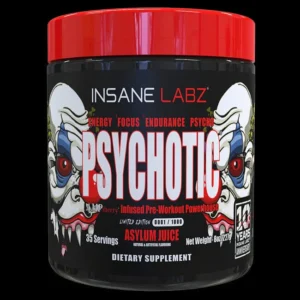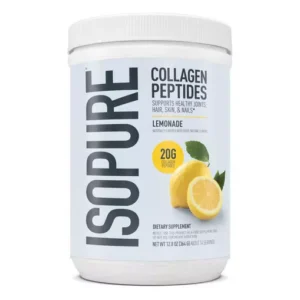Top 10 Strongest Creatine Supplements on the US Market Available
Top 10 Strongest Creatine Supplements available today. Are you still looking for creatine products? Confuse ? Do not know which brand is the best suitable for your gym needs. Have a look on the list below and choose the right product to grow your muscle.
Top 10 Picks
1. Nutricost Creatine Monohydrate Micronized Powder
Why it stands out: Widely recognized as perhaps the best-value creatine powder on the market. Delivers 5 g pure creatine monohydrate per serving, with up to 100 servings per container.
Best for: Budget-conscious gym-goers who want pure, research-backed creatine.
Pros: Affordable per serving, micronized for better absorption, unflavored or lightly flavored options.
Cons: As a basic monohydrate powder — no extra “enhancers” or specialized ingredients.
Check price and buy on Amazon
2. Sports Research Creatine Monohydrate Powder
Why it stands out: A high-quality, micronized creatine monohydrate, third-party tested, delivering 5 g per scoop. Trusted by many athletes and reviewers for consistent purity and performance.
Best for: People new to creatine, or those prioritizing purity and absorption.
Pros: Smooth mixing, vegan & non-GMO, unflavored (easy to mix with shakes or juice), solid value per serving.
Cons: No added nutrients or extras — just straight creatine.
Check the price and buy on Amazon
3. Thorne Creatine Monohydrate
Why it stands out: Frequently cited by nutrition experts and dietitians as a top-tier choice due to its third-party certifications (e.g. NSF Certified for Sport), simplicity (only one ingredient), and excellent manufacturing standards.
Best for: Competitive athletes, professionals, or anyone who demands maximum quality assurance.
Pros: Very clean formula, free of fillers or additives, great for mixing in drinks/meals, trusted for purity.
Cons: More expensive than budget powders, and likely overkill for casual gym-goers.
Check the price and buy on Amazon
4. Kaged Muscle Creatine HCl Powder
Why it stands out: Uses creatine hydrochloride (HCl) rather than monohydrate. HCl is marketed as more soluble, easier on the stomach, and potentially causing less bloating — making it attractive to those who dislike the “water retention” sometimes associated with monohydrate.
Best for: Users sensitive to digestion issues or water retention from standard creatine.
Pros: Excellent solubility (mixes cleanly), potentially gentler on the digestive system, may require smaller doses than monohydrate.
Cons: Creatine HCl is less studied than monohydrate; benefits beyond convenience and digestibility may not be greater.
Check the price and buy on Amazon
5. Transparent Labs Creatine HMB
Why it stands out: Combines creatine monohydrate with HMB (β-Hydroxy β-Methylbutyrate) — an additive that may support muscle recovery, reduce muscle breakdown, and enhance strength gains alongside creatine’s effects.
Best for: Those seeking more than basic creatine — e.g. improved recovery, strength, and lean-mass building.
Pros: Clinically effective 5 g dose per serving, clean formula with no unnecessary fillers, multiple flavor options + unflavored.
Cons: Slightly more expensive; some users report mixing inconsistency.
6. (Honorable Mention) Onnit Creatine Monohydrate
Why it stands out: Recognized as a reliable, no-frills creatine source by respected fitness publications. Delivers standard 5 g micronized monohydrate per serving, with clean labeling and no sugar or additives.
Best for: Those who prefer simplicity and brand reputation over flashy blends.
Pros: Solid quality, trustworthy manufacturing standards, easy to mix and combine with other supplements.
Cons: Basic — no extra performance-boosting additives.
Check the price and buy on Amazon
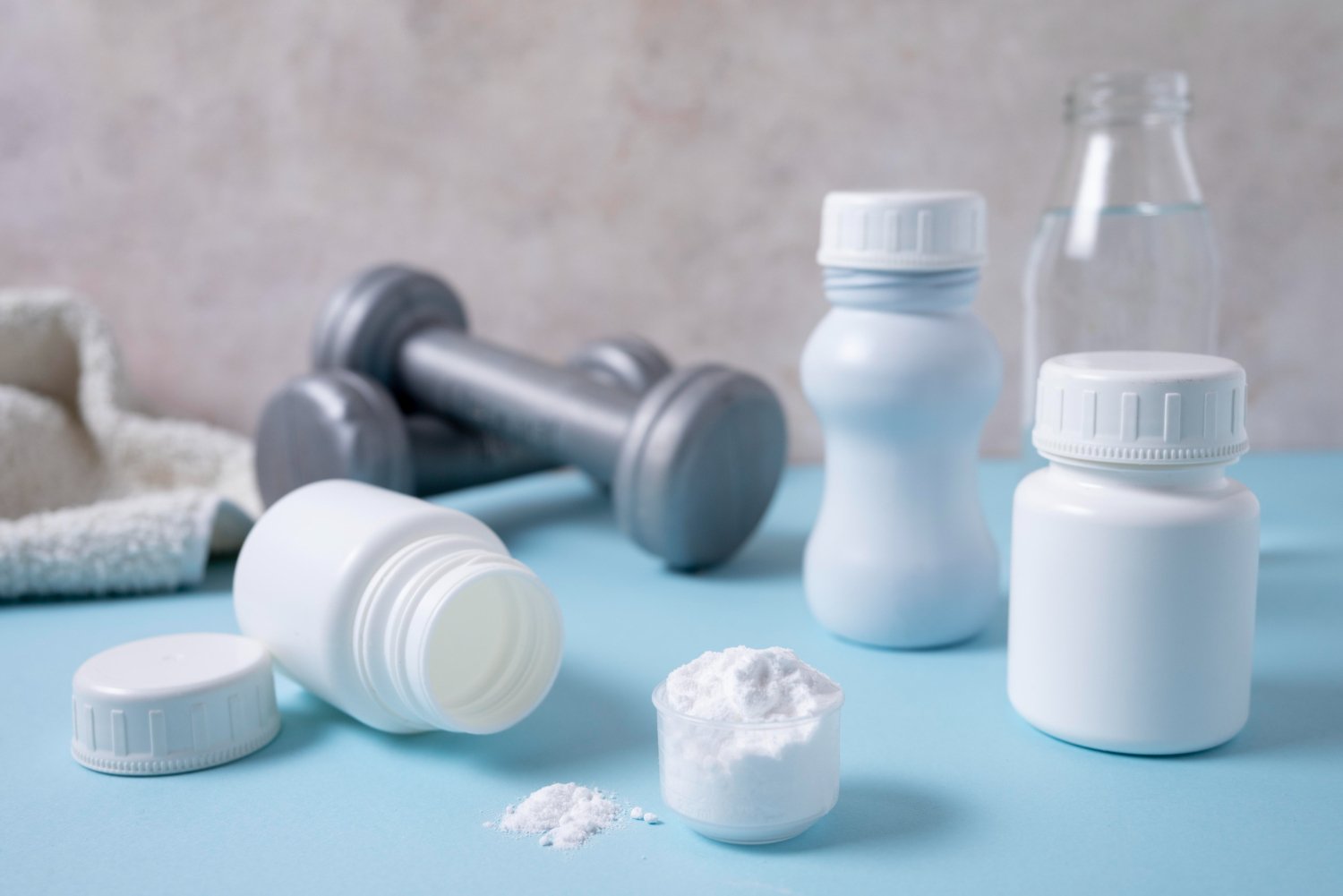
7. (Good Option) Optimum Nutrition Micronized Creatine Monohydrate Powder
Why it stands out: Longtime staple in the supplement world, with a track record of consistency and reliability. Micronized for easier mixing and absorption.
Best for: Users who want a trusted brand and consistent performance over time.
Pros: Well-known brand, widely available, neutral/unflavored powder that fits into shakes or water easily.
Cons: Some reviews mention a slightly grainy texture and sediment at the bottom if not shaken well.
Check the price and buy on Amazon
8. (Alternative / Specialty) Mixed-Ingredient or Advanced Blends — Evaluate With Caution
Some products combine creatine with additional compounds (e.g. absorption enhancers, recovery-support nutrients, blends). While they can offer nice extras, they are often more expensive and — depending on formulation — may carry a higher risk of digestive sensitivity. If you include blends, be transparent about what’s in them and avoid overhyping “miracle” effects.
9. (For Sensitive Stomachs) Creatine HCl & Non-Monohydrate Forms
Products using HCl or other forms (like buffered creatine, creatine nitrate, etc.) may appeal to those who experienced bloating, water retention or other side-effects from monohydrate. However: monohydrate remains the most studied, proven, and effective form.
Use these more as alternatives or “backup” options — verify user tolerance and avoid overpromising.
10. Choose Cleanest, Transparently Labeled Products — Avoid Proprietary Overlays
Whether powder, HCl, or blends — always pick products with simple, clear ingredient lists, third-party testing or certifications when possible, and transparent labeling. In the supplement world, that matters more than catchy marketing.
Check also: Best way to take creatine
Dosage Guidance & Usage Tips
- Standard dose: 3–5 grams per day is widely accepted as the effective, research-backed maintenance dose for strength training and muscle maintenance.
- Loading phase (optional): Some users start with a “loading phase” (e.g. ~20 g/day for 5–7 days) to saturate muscle creatine stores, then shift to maintenance. But this is not strictly necessary and may increase risk of water retention or bloating.
- Hydration: Creatine increases water retention in muscles — ensure adequate water intake, especially around workouts.
- Consistency matters more than timing: Daily use matters more than taking it exactly pre- or post-workout.
Why Creatine — and Monohydrate in Particular — Still Rules
- Creatine supplementation improves strength, power output, and performance in high-intensity, short-duration exercises (like weightlifting, sprinting) by replenishing ATP in muscles.
- Among different creatine forms, creatine monohydrate is the most studied, with decades of research backing its safety and efficacy.
- Choosing a micronized, pure monohydrate powder — especially from a reputable brand with third-party testing — gives you the best balance of potency, safety, and value.
How to Use This Article for Your Gym-Supplements Business
- Plug in your own purchase / affiliate links after each product heading (e.g. “[Insert Amazon/Store link here]”).
- Include pricing and serving info relevant to your store (e.g. container size, price per serving) — helps build transparency and trust.
- Offer usage guidance (dosage, hydration, stacking tips) — this builds credibility and adds real value for customers.
- Be honest about limitations (e.g. water retention, cost vs. benefit of blends) — builds long-term trust.
- Still not sure which creatine is the best for you? Check our guides:
Creatine knowledge – all you need to know about creatine
Similar articles: Is Supplementing With Creatine Necessary for Building Muscle?
